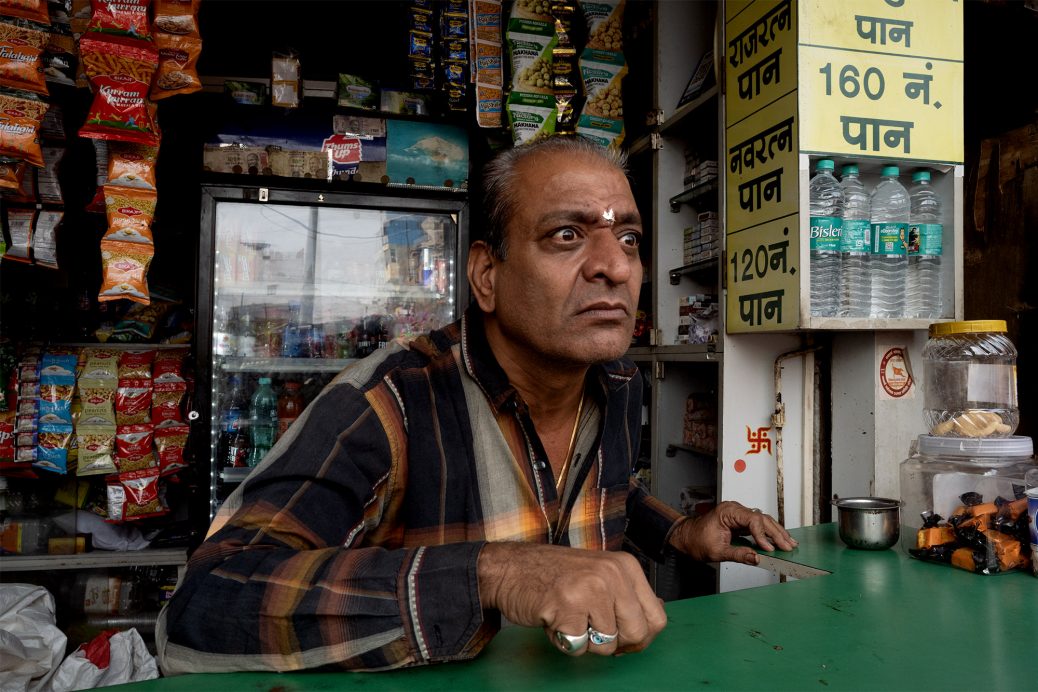Fourth Exibart Street Contest. Discover the Finalists: Sally Coggle
Dear Sally,
first of all, congratulations! You are one of the ten finalists in our fourth Street Photography Competition in the Best Series category, and we are very happy to have this interview with you. Can you tell us something about yourself and the finalist series? What was the main source of inspiration for this photo series? What did you hope to communicate through these images?
My hometown is Melbourne, Australia. Most of my work revolves around the streets I live in, although I love to travel and am endlessly curious about people from all walks of life and how they live.
My photographs attempt to invoke a sense of wonder for humanity, capturing a moment in time and alluding to a bigger journey. With the ethos of honesty, I capture tender moments and offer a window into others’ worlds, from the little things that reveal the fragility of the human condition to unexpected moments – they are offered with care and a sense of compassion.
This series was shot in India late last year. I was fascinated by the organized chaos of the streets and the way life is lived openly on the streets. It struck me that the relationship between man and animals was deeper than in many other places, a kind of coexistence or interdependence. This series is my ode to the daily dance of life in India, the individual’s capacity for compassion, resiliency in the face of adversity, and the deep connection that’s possible between humans and animals.
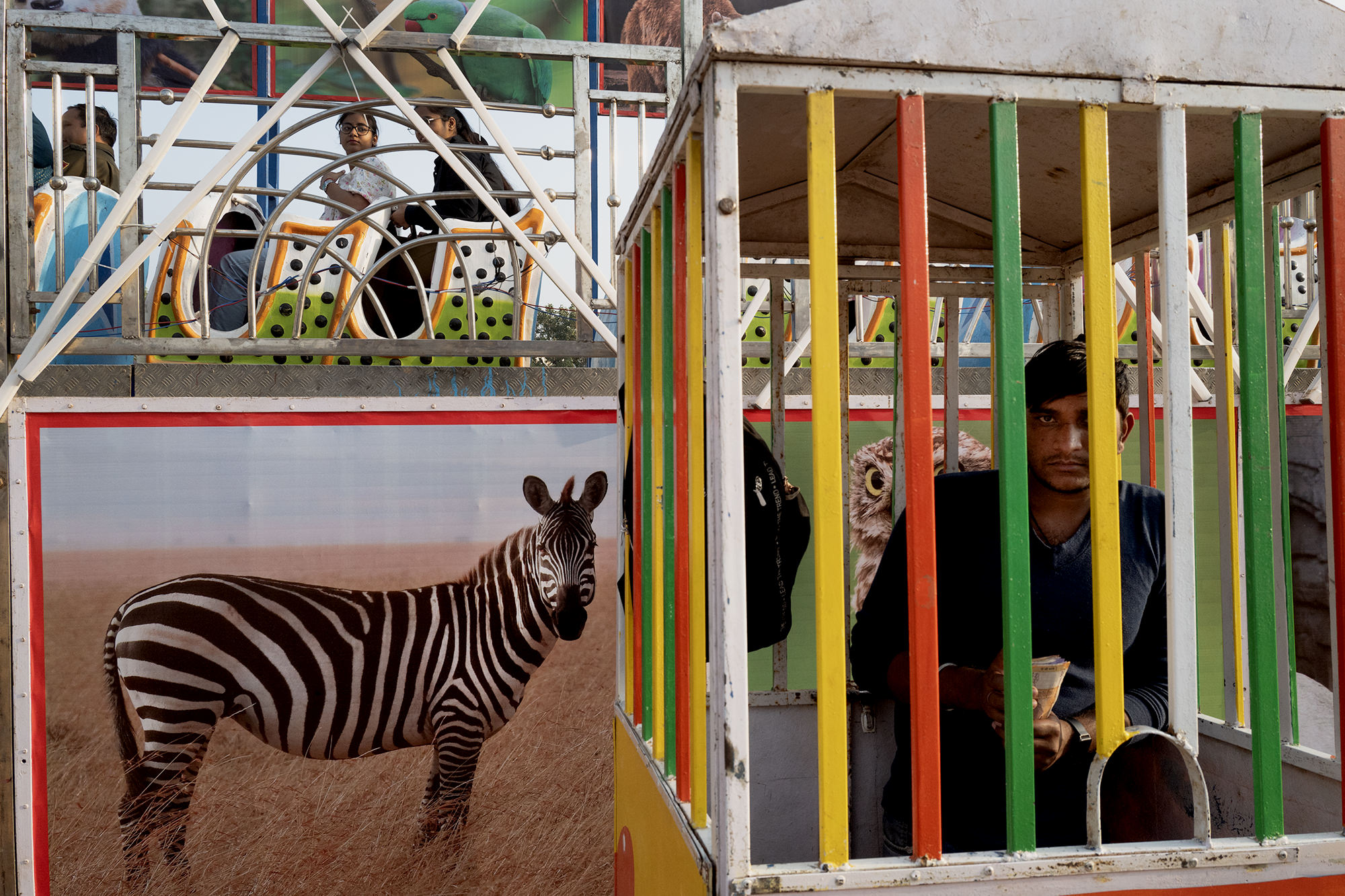
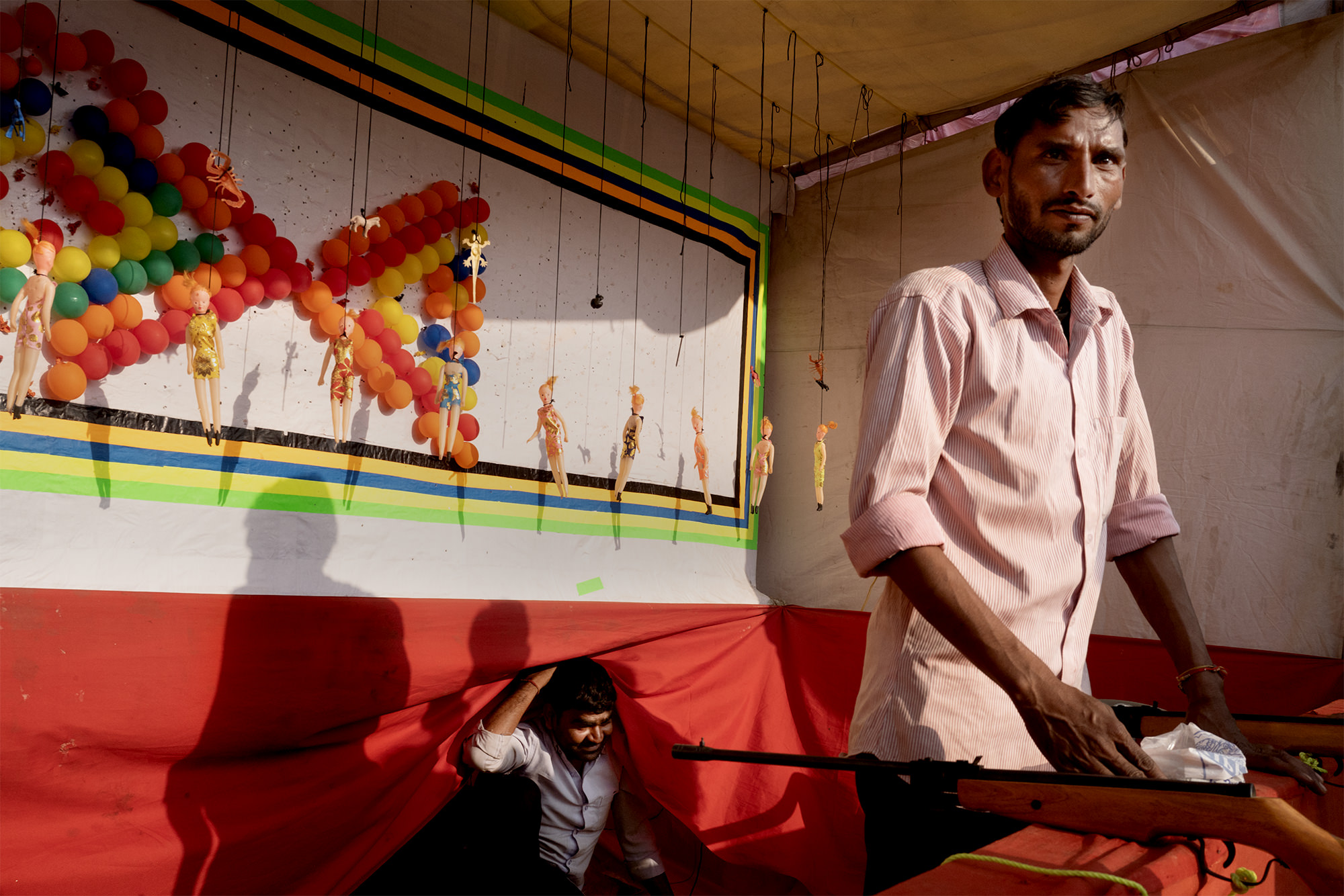
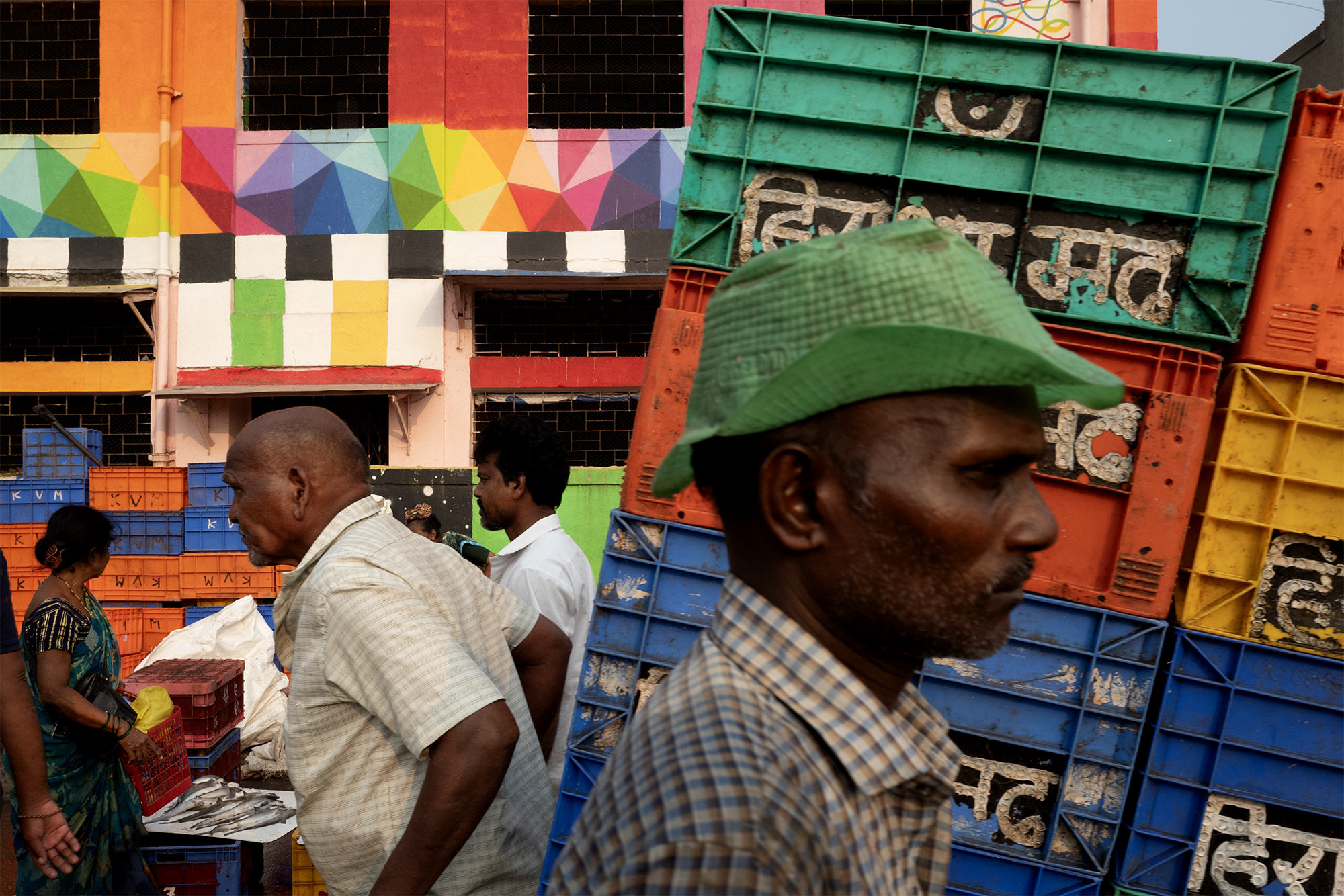
How do you choose the subjects or scenes to photograph?
I trust my intuition to guide me. I’m fascinated by people and how they go about life on the streets; it’s different in every city. I’m also drawn to where the light falls in a scene, the shapes it creates, and how light helps inform the composition. I use light on people or places to help the viewer’s eye move around an image. I often think about wide scenes as a stage, creating layers in the composition.
Is there a theme or thread you follow when creating a new series?
At the heart of a series, my work revolves around humanity. In my series ‘All Creatures Great and Small,’ I was interested in how the people of India live alongside their animals. They are, at times, an extension of family.
Color seems to play a significant role in many of your photographs. How do you use color to influence the mood or message of your images?
I am very drawn to color. I’ve worked as a Graphic Designer and Art Director in my career, which I’m sure has influenced my photography. I carve up my frames based on design and color principles. Color tells us a lot about the personality or place. Each color evokes a different emotion in us. I am aware of this but don’t think about it too much until later when editing or sequencing stories.
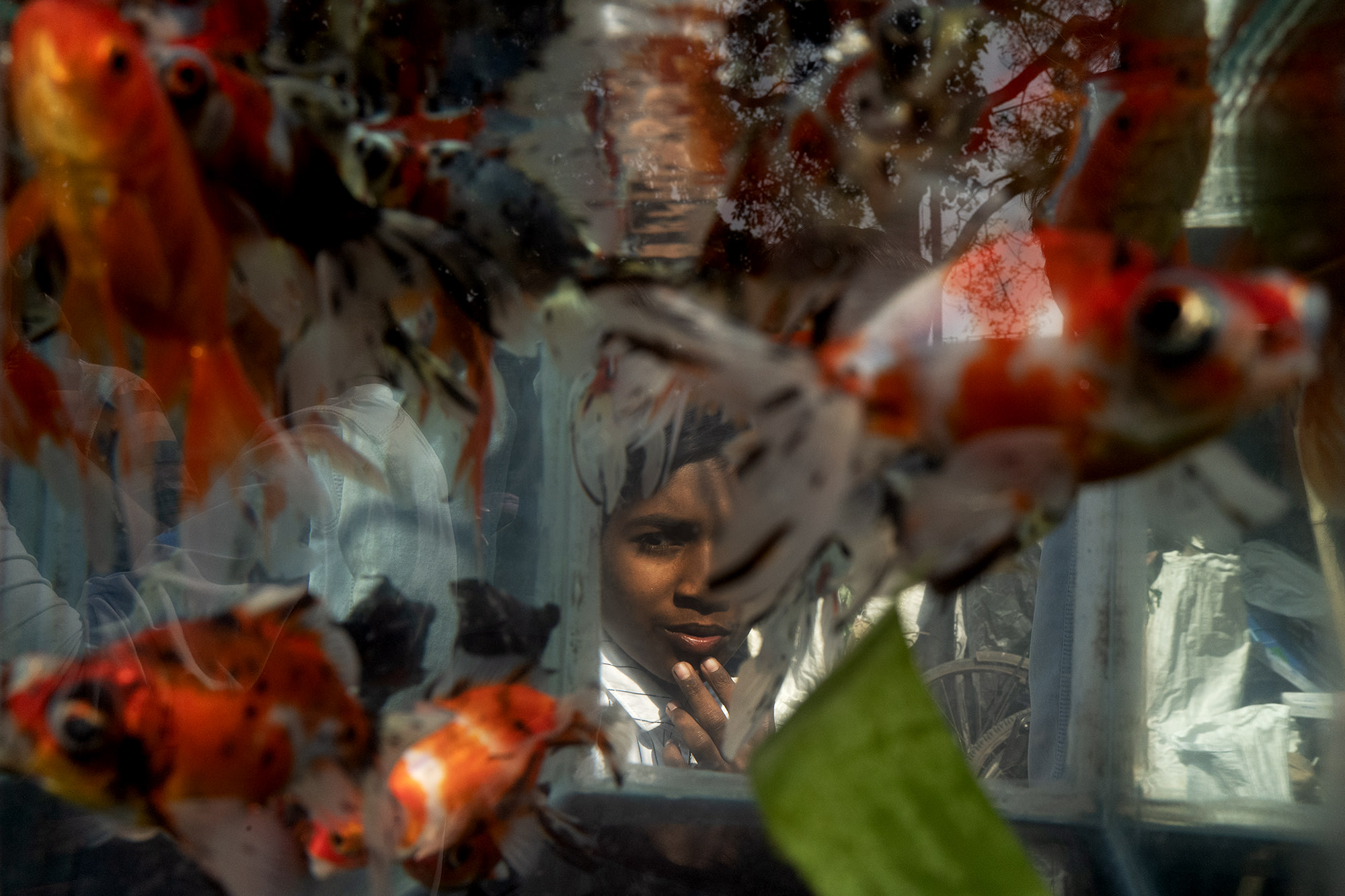
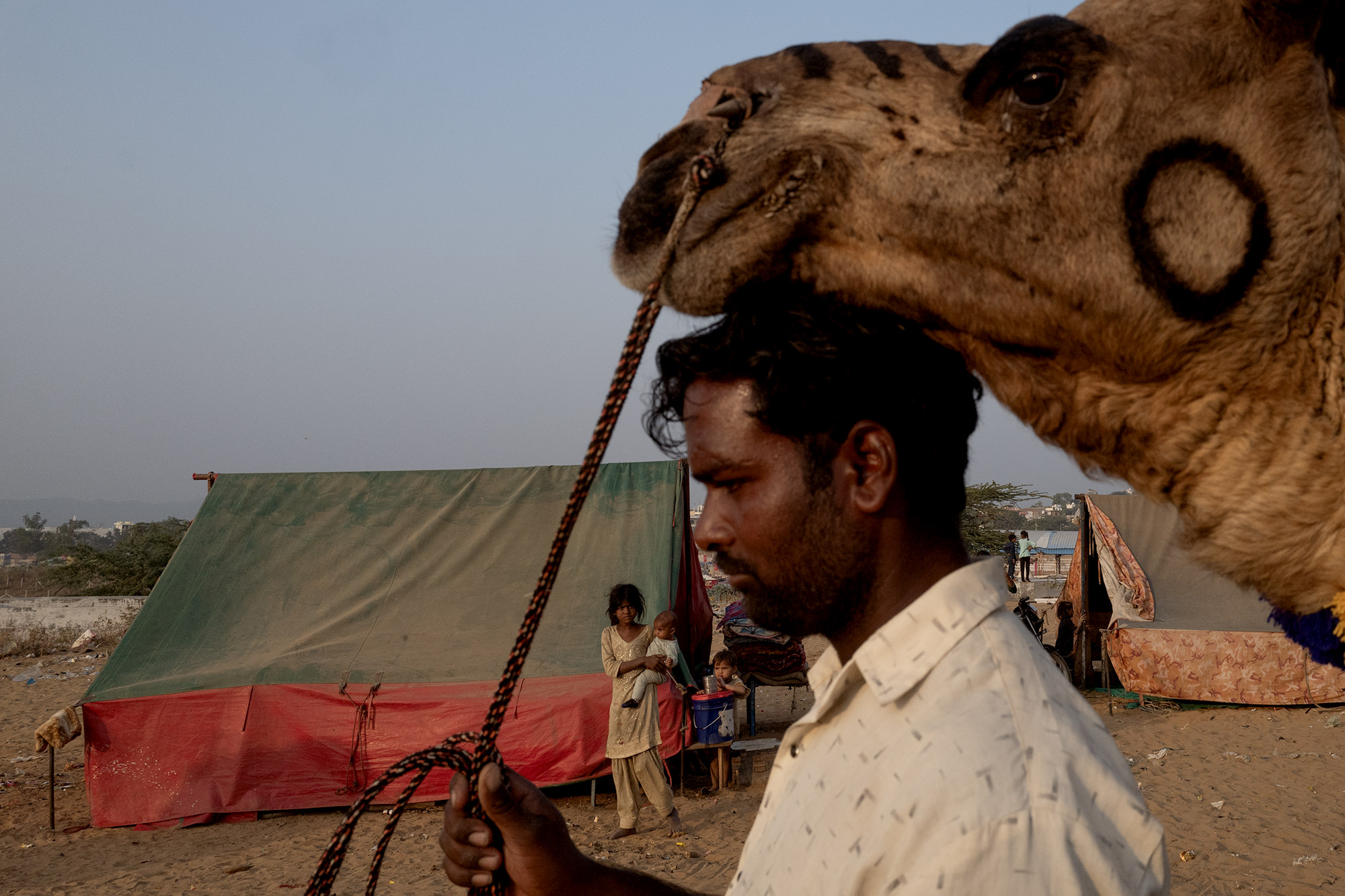
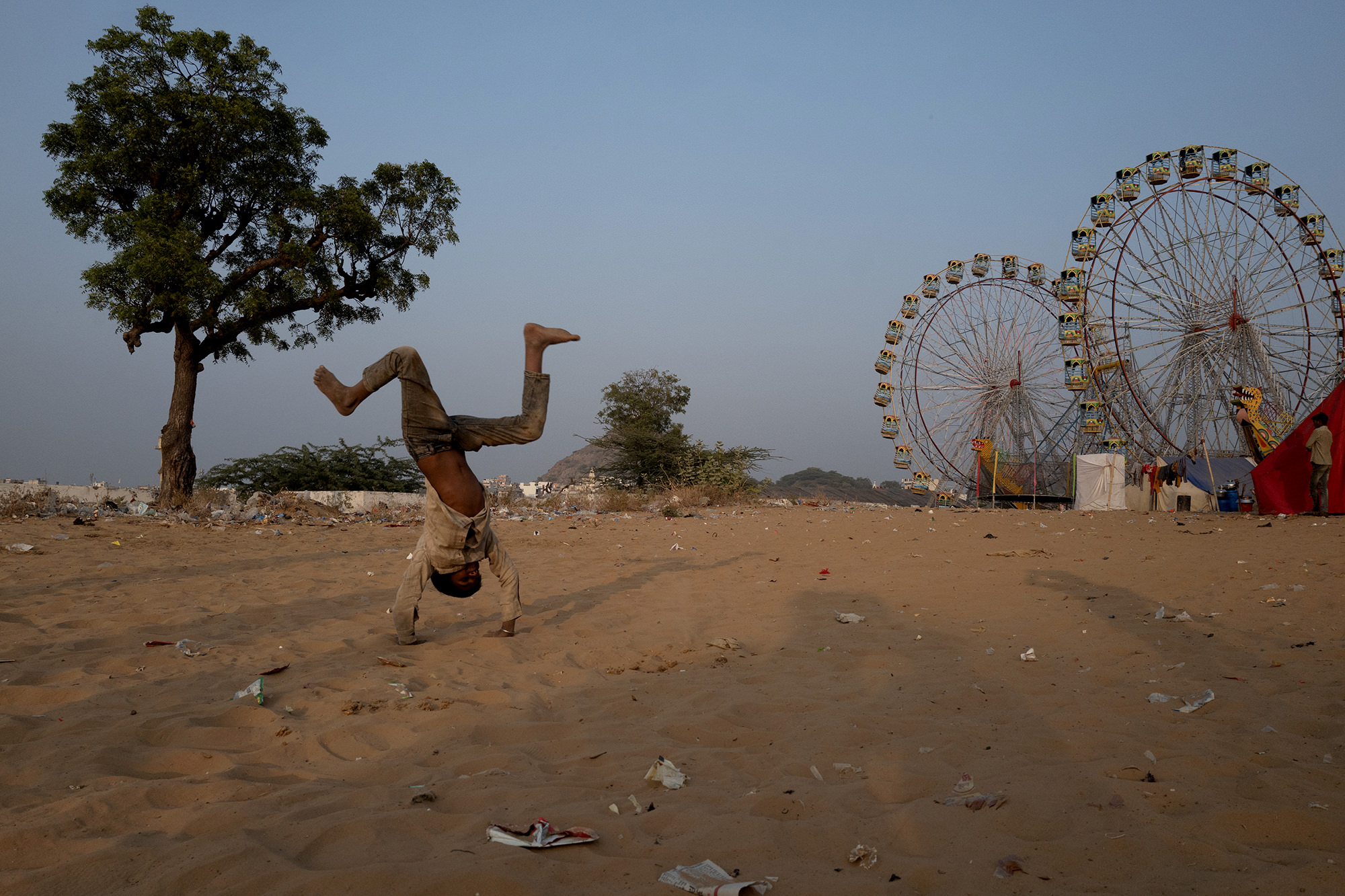
Many of your images capture everyday details that often go unnoticed. How do you decide which details to include and which to leave out?
For me, the details are often the subtext to the character or narrative within an image or series. They tell you about a person or place. The composition of an image will often dictate what I leave out. If I’m working in a series or documenting, I shoot all sorts of things and decide later what makes the edit and what doesn’t.
Can you describe some of the photographic techniques you use to capture the atmosphere and moment in your photographs?
I like to disappear into the streets, hoping to bring about a frozen moment that is not only timeless but tells a little about the person or place I’m photographing.
Being invisible isn’t always possible, but on a street corner where people are coming and going all the time, they are usually thinking about where they are going and don’t notice what is happening around them. I move into situations as I usually see in advance something that interests me about to unfold. I will put myself into their space and become part of the moment.
If I’m in a place where not a lot is happening, I will hang around. People get bored and stop worrying about you after a while. I might engage in a conversation if I’m approached and then stick around, compose, and wait for moments to unfold. You can usually feel when you are wearing out your welcome.
“At the heart of a series, my work revolves around humanity.”
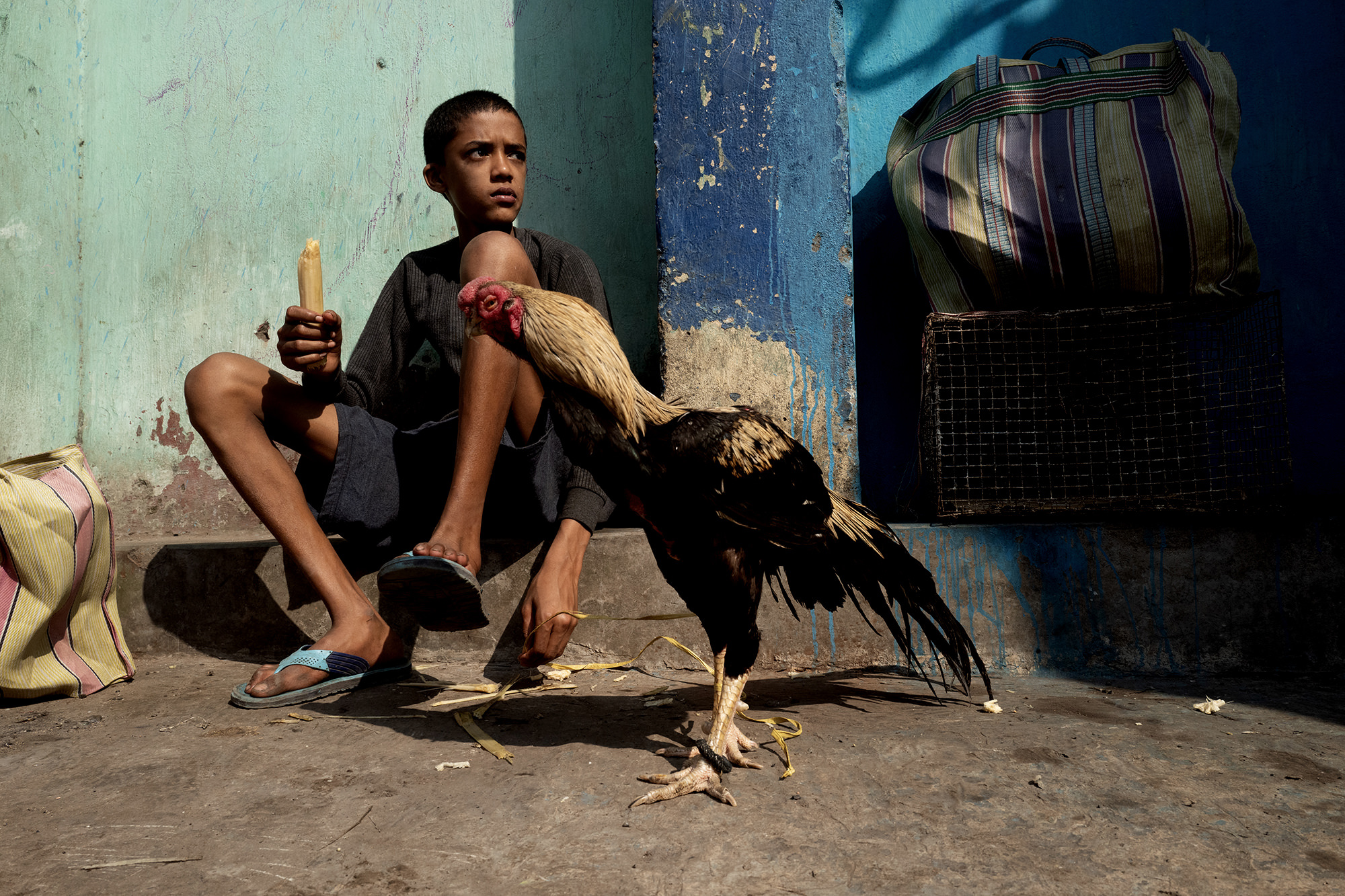
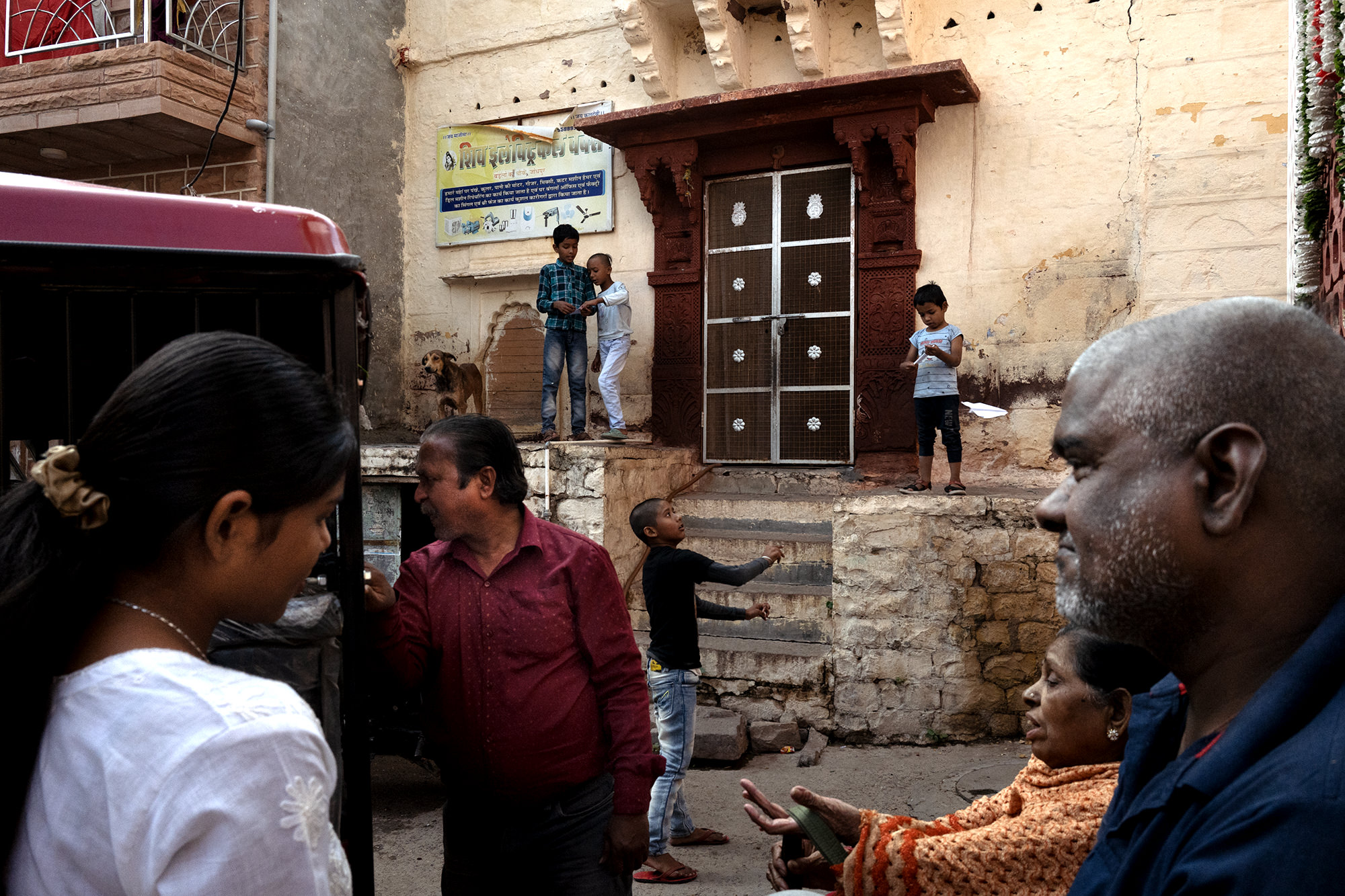
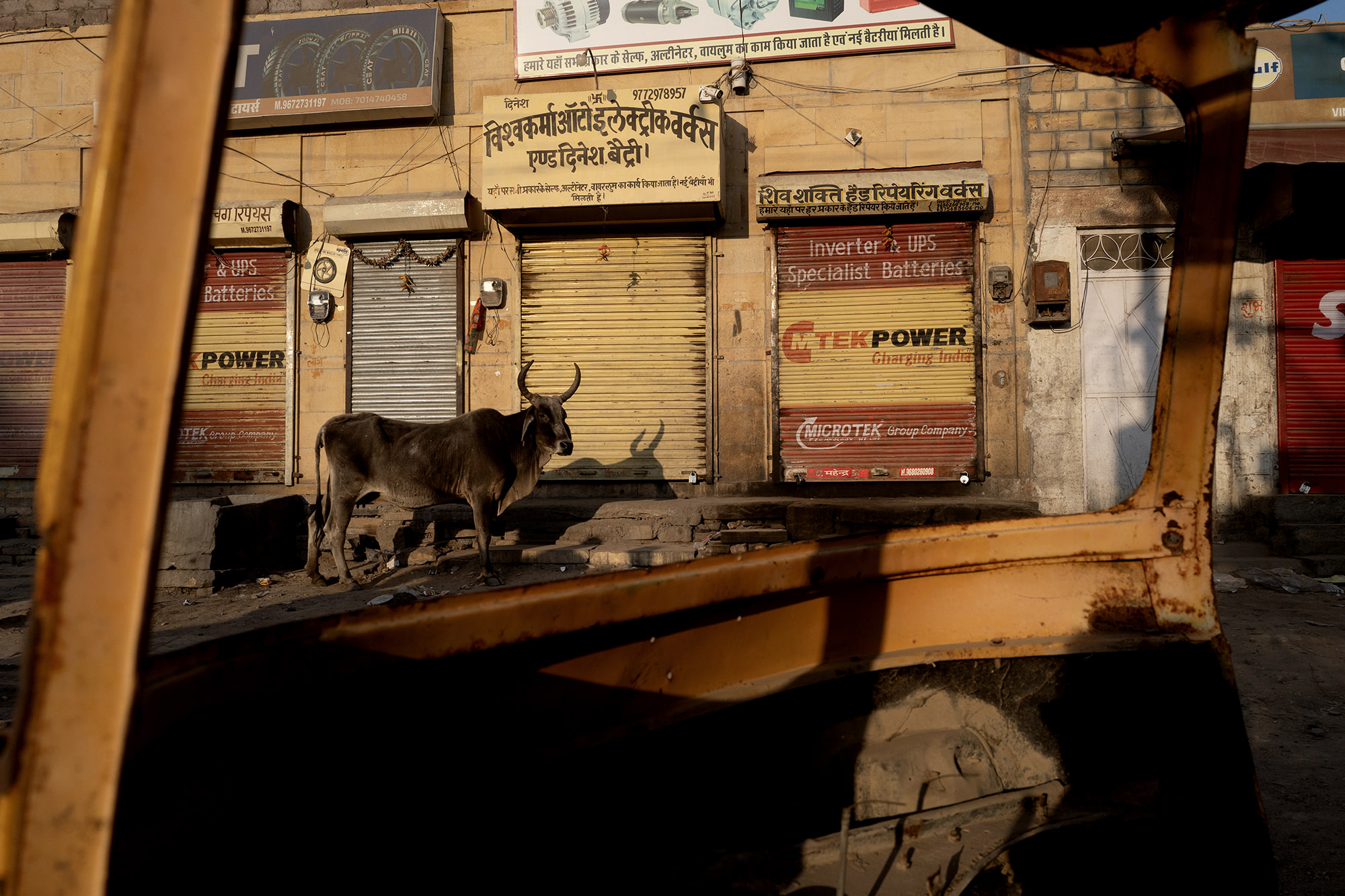
How would you define your photographic style?
I think I have a few different styles, but they are all driven by storytelling. I am influenced by documentary work and inspired by cinema.
Have you ever studied at a photography school, or are you a self-taught artist?
I am a self-taught photographer. I have always been drawn to the language of images, right back to when I was a child. I see the world in pictures, from emotions to events and conversations. Photography is part of my working and personal life; the camera is my friend to see the world around me.
Who are the Masters of Photography who inspired you most in your photographic works?
How long do you have? The list is endless. Harry Gruyaert, Cristina Garcia Rodero, Nan Goldin, Philip-Lorca diCorcia. I am also inspired by directors and cinematographers like Wim Wenders (Paris, Texas) and Kar-Wai Wong (In the Mood for Love).
Do you ever do Street Photography with your smartphone?
Rarely. I take my camera with me everywhere. Sometimes, if the light is falling nicely on something while out walking, I might use my phone to remember the moment or detail.
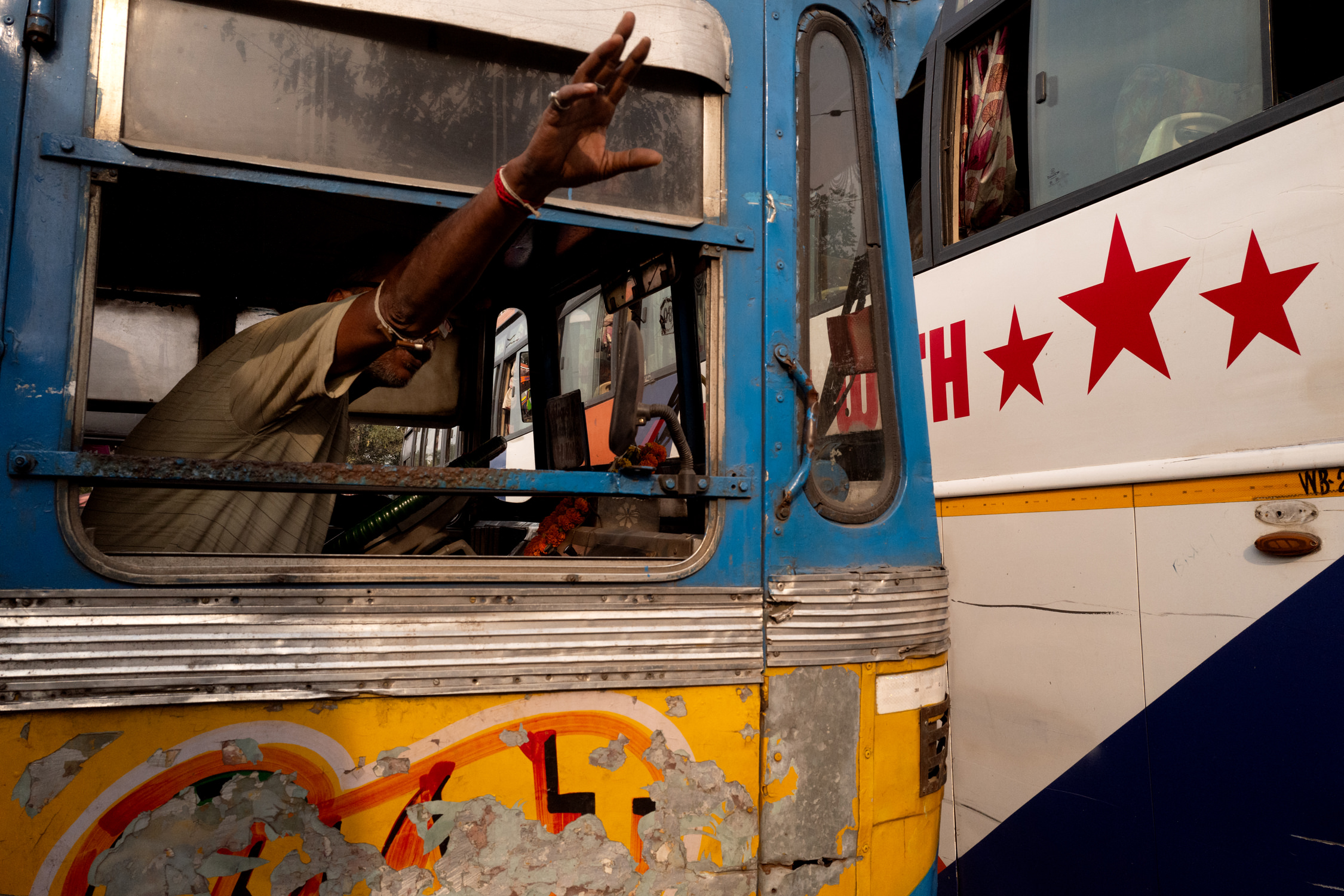
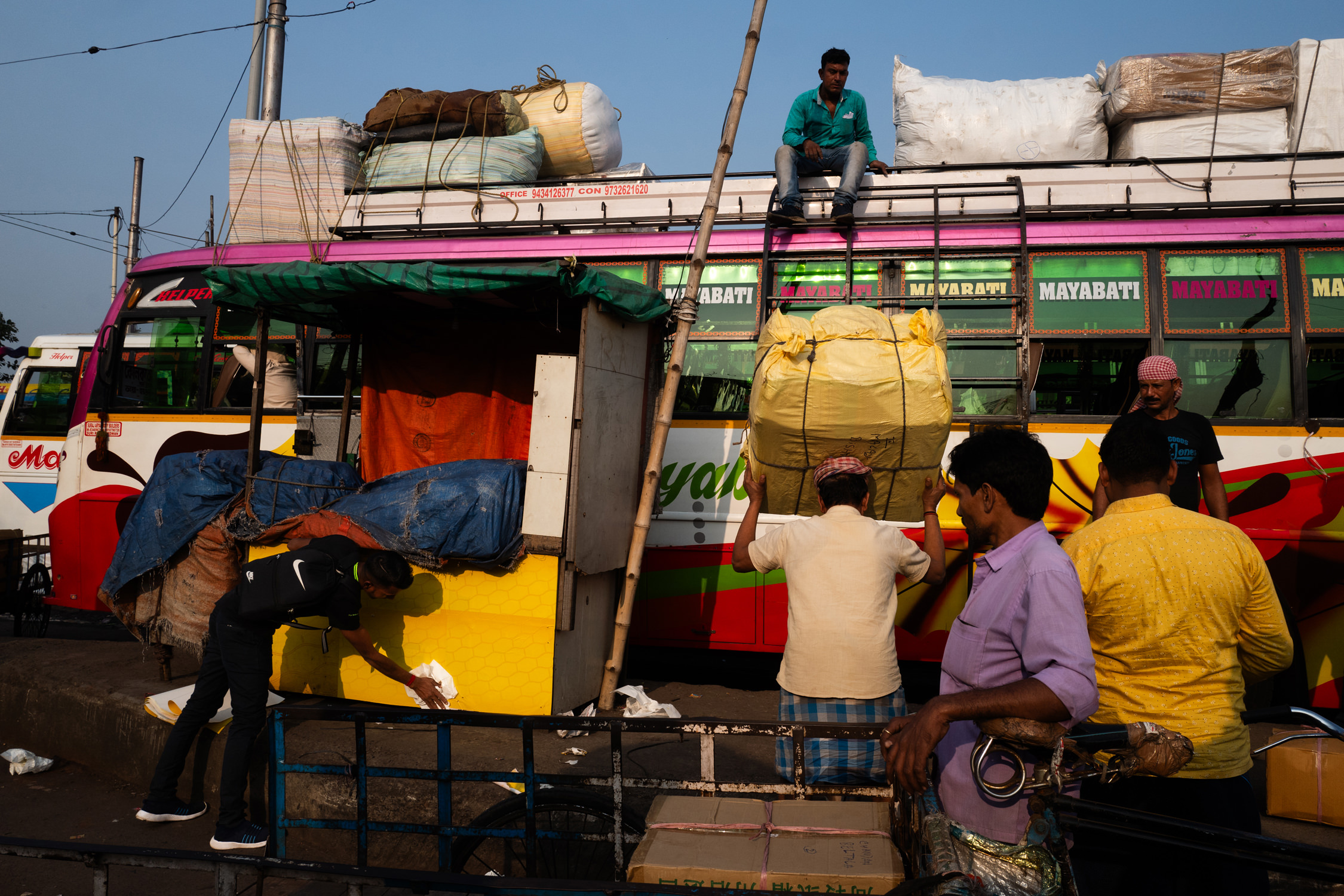
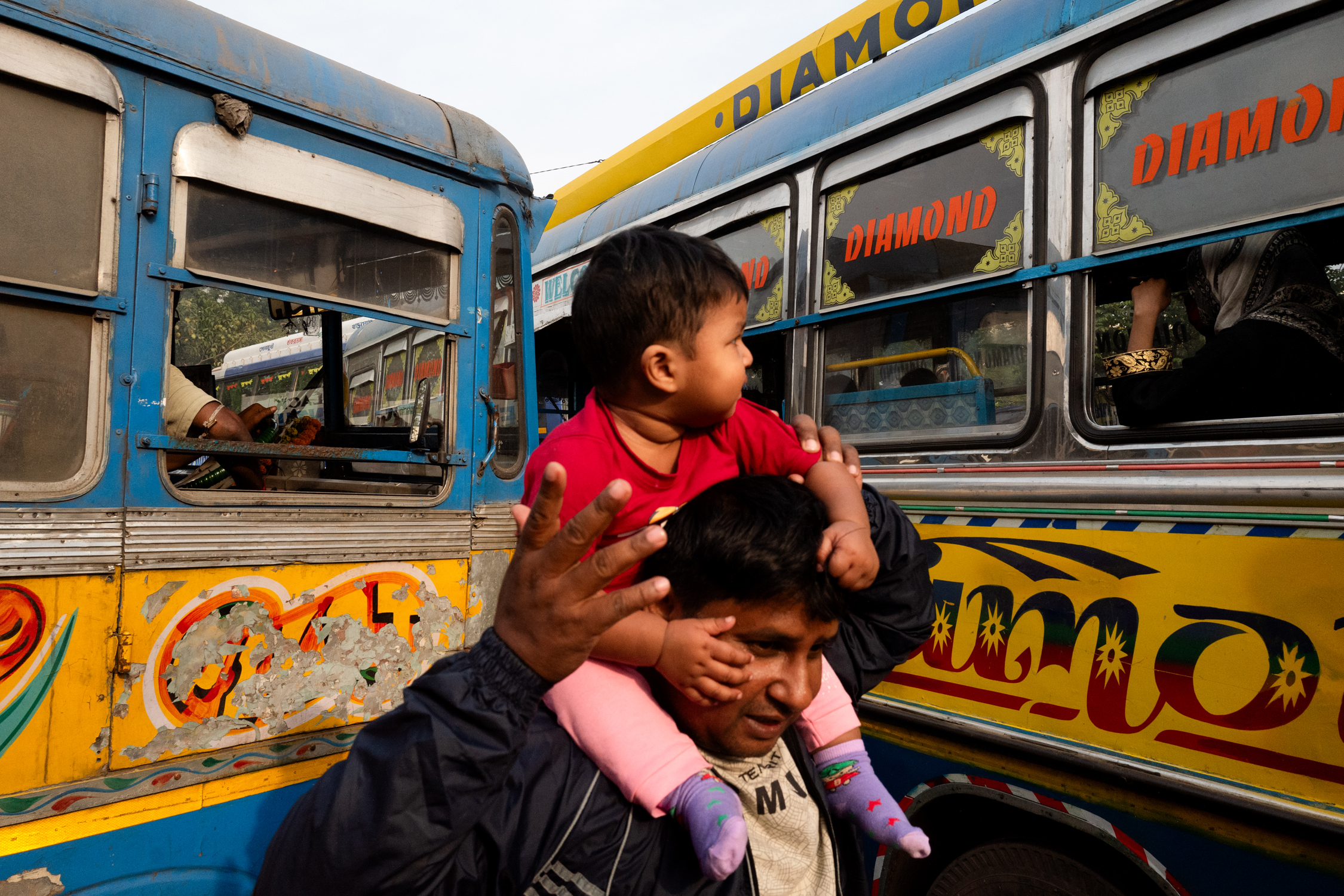
Analog and digital photography. Do you see these as alternatives to one another or the same thing?
I started with an analog camera, but today I use digital almost exclusively. Digital has really freed me up to explore the possibilities of how I could compose an image. I use film for projects. I shoot medium format film on a plastic camera and really enjoy it, mostly as it’s a surprise when I get the film back. I see them as different; they evoke different feelings.
Do you think Street Photography has a more documentary or more artistic value?
Street photography, for me, is more about documenting our times. But I am drawn to the way light falls in spaces, and this side I would say is more about art. It’s super important for my soul, even if no one else sees its value.
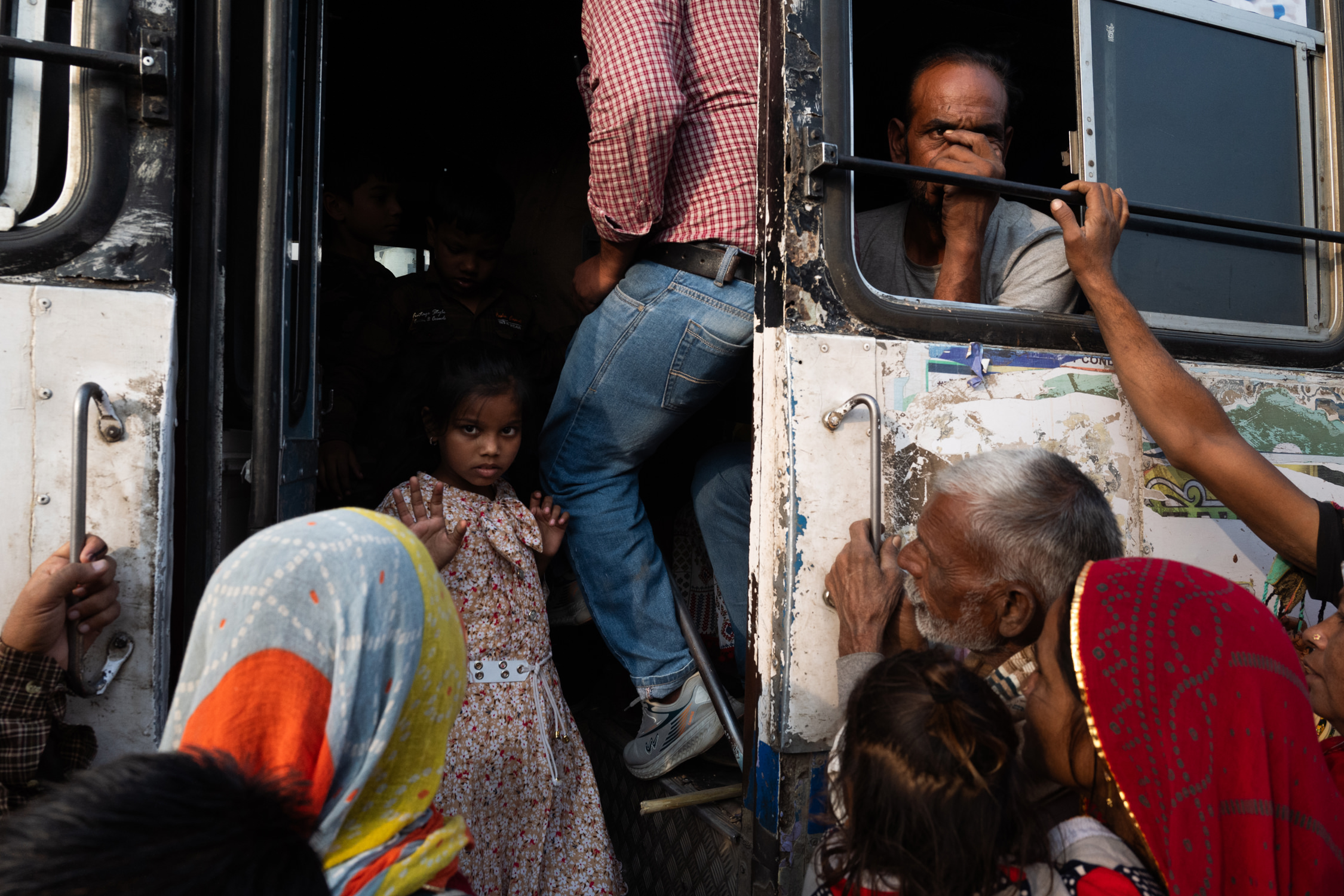
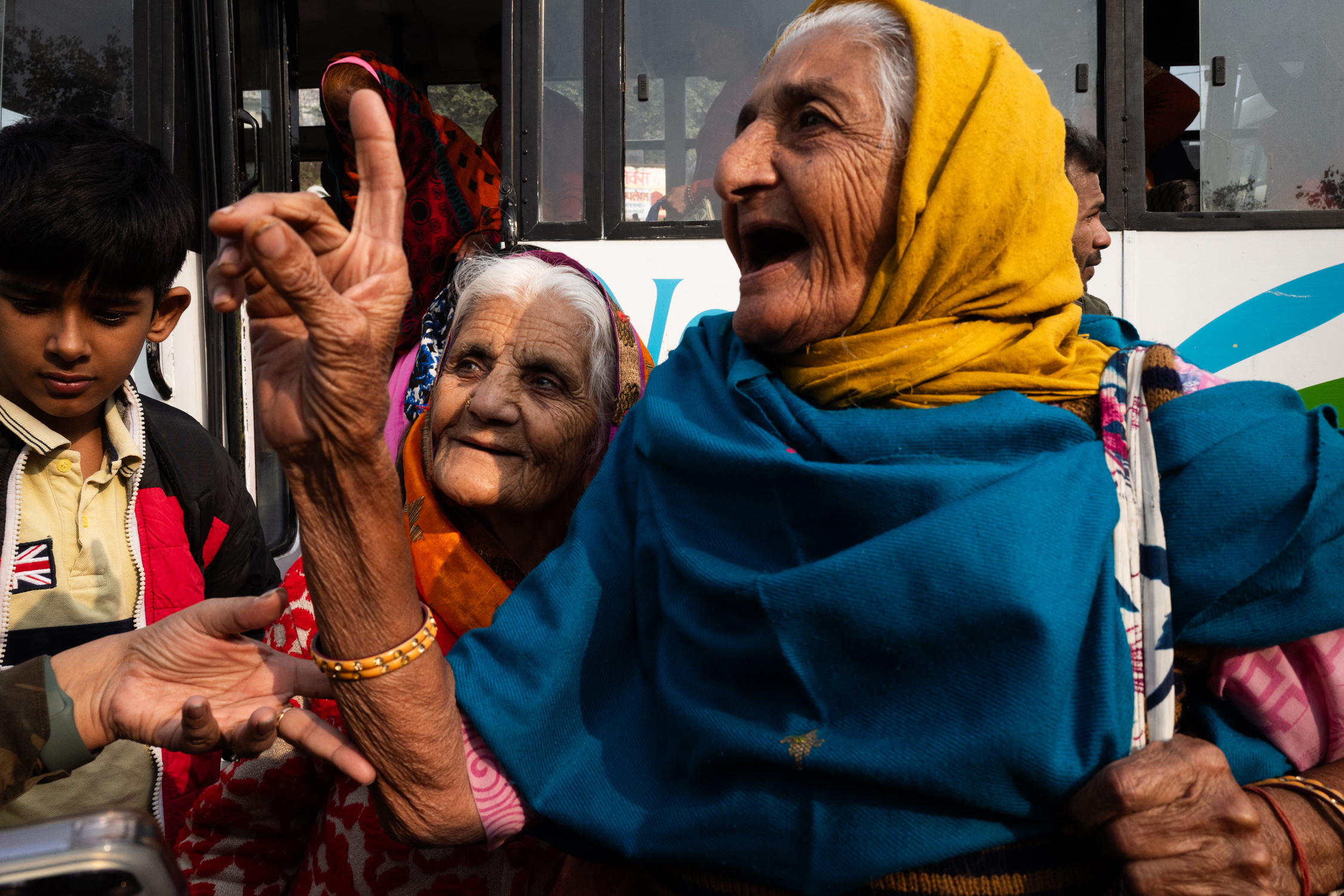
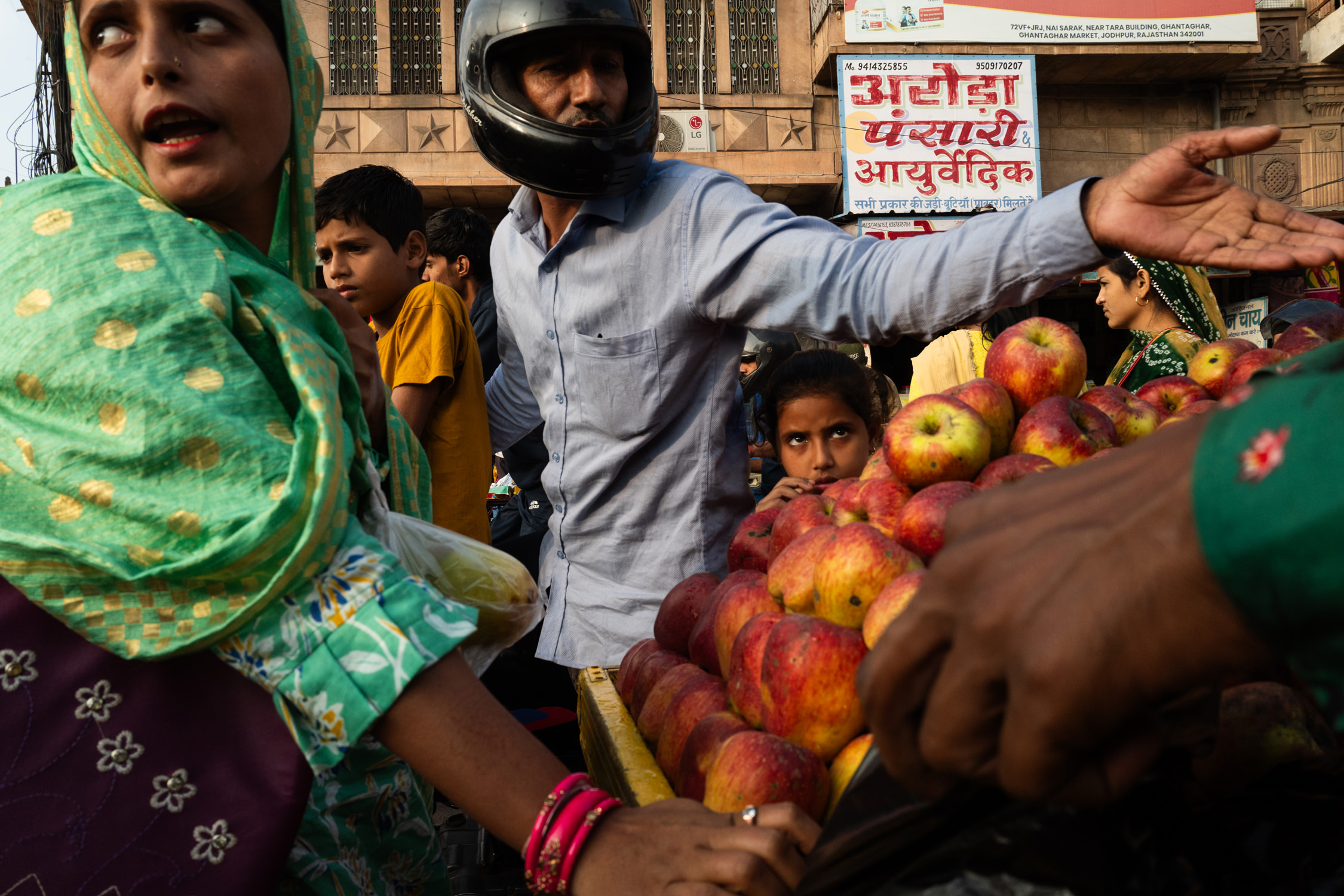
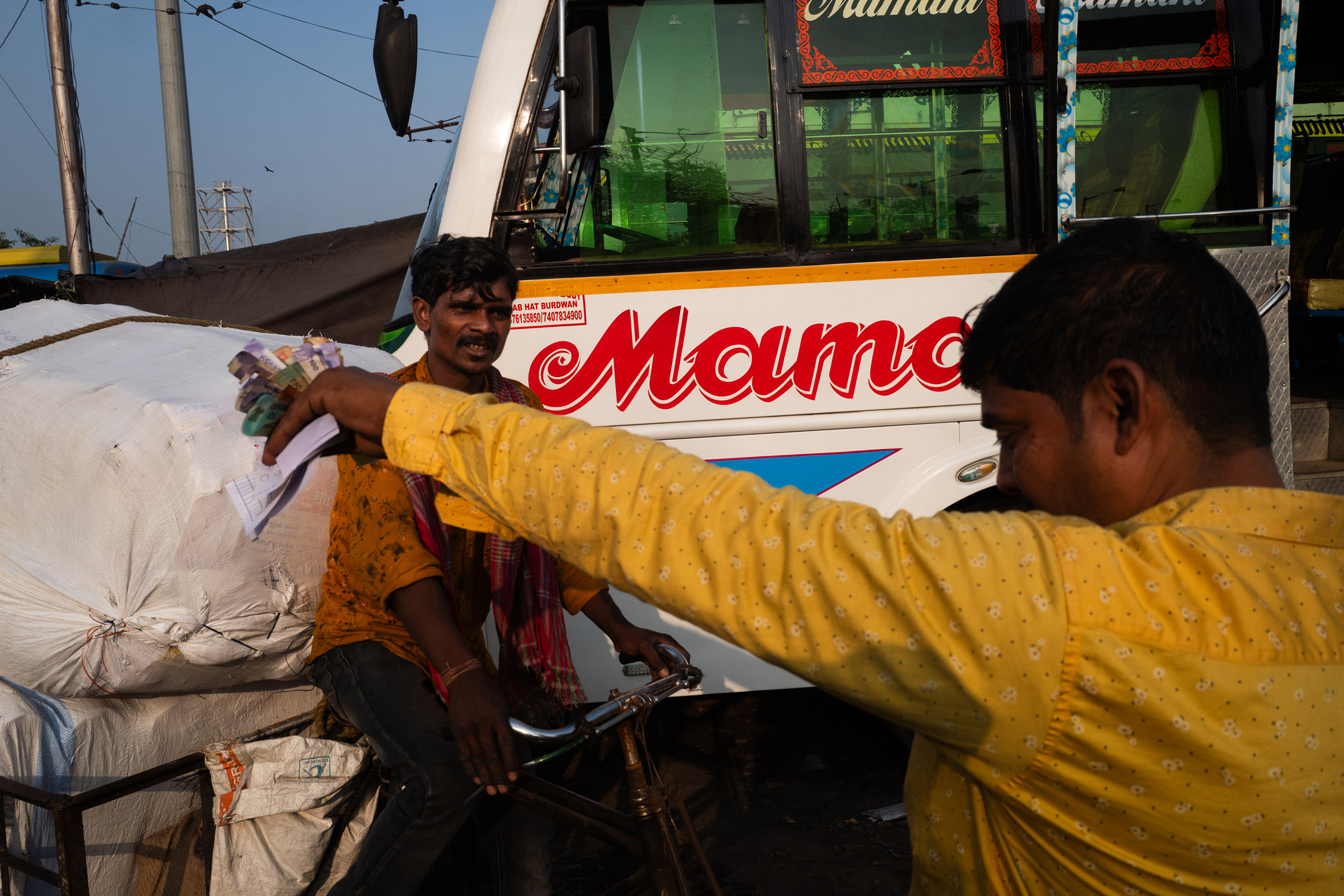
Do you think there are ethical limits in street photography? Do you think it’s possible to shoot everything and everybody? What is your approach in street photography?
I think respect is important in life and on the street. I don’t think it is right to shoot everything you see unless you are working on a documentary or news story. I think you need to sometimes question yourself about why you are photographing something, and what your motivation is. I am mostly referring to people who are down on their luck. If you were in their shoes, would you like someone photographing you?
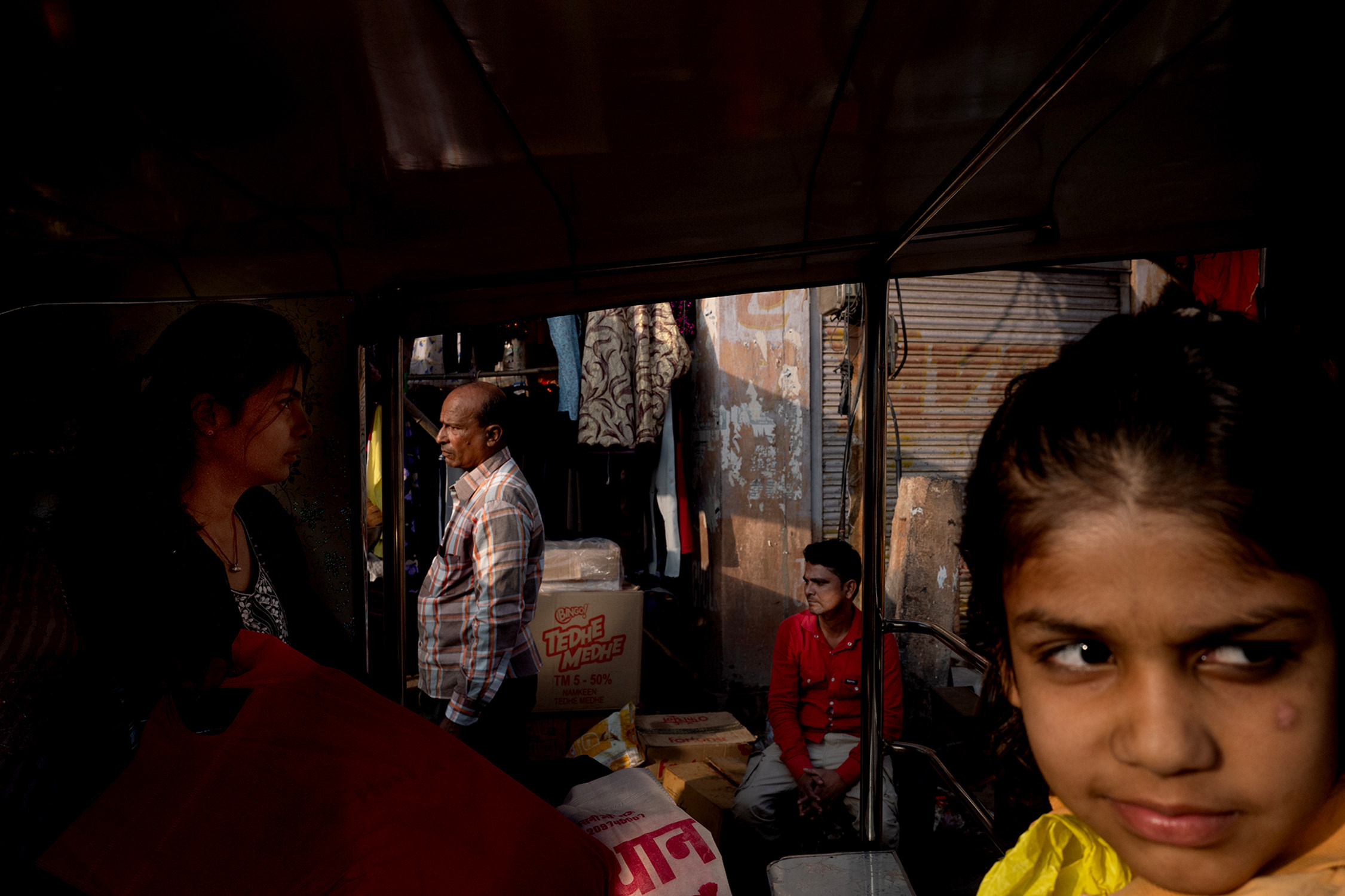
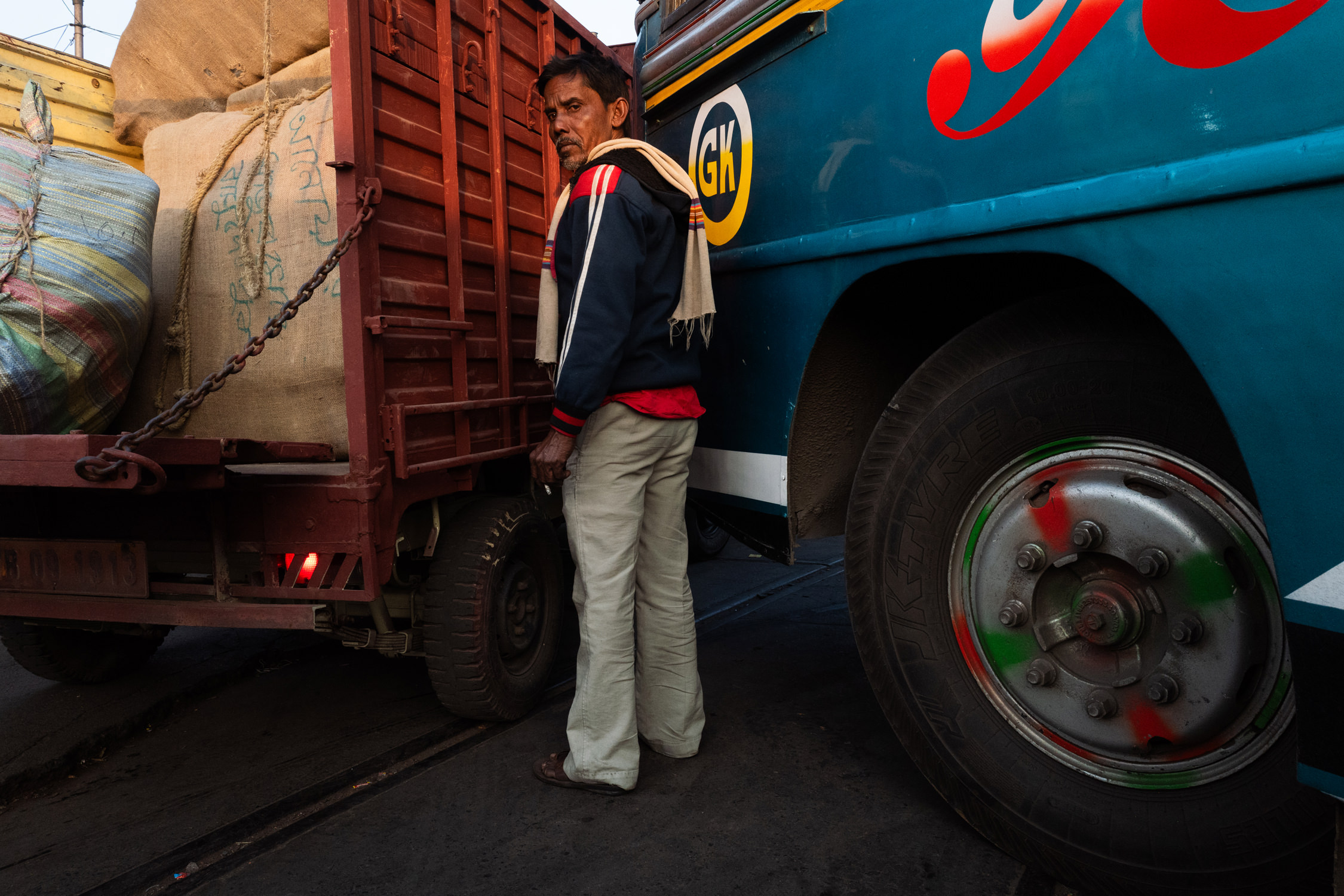
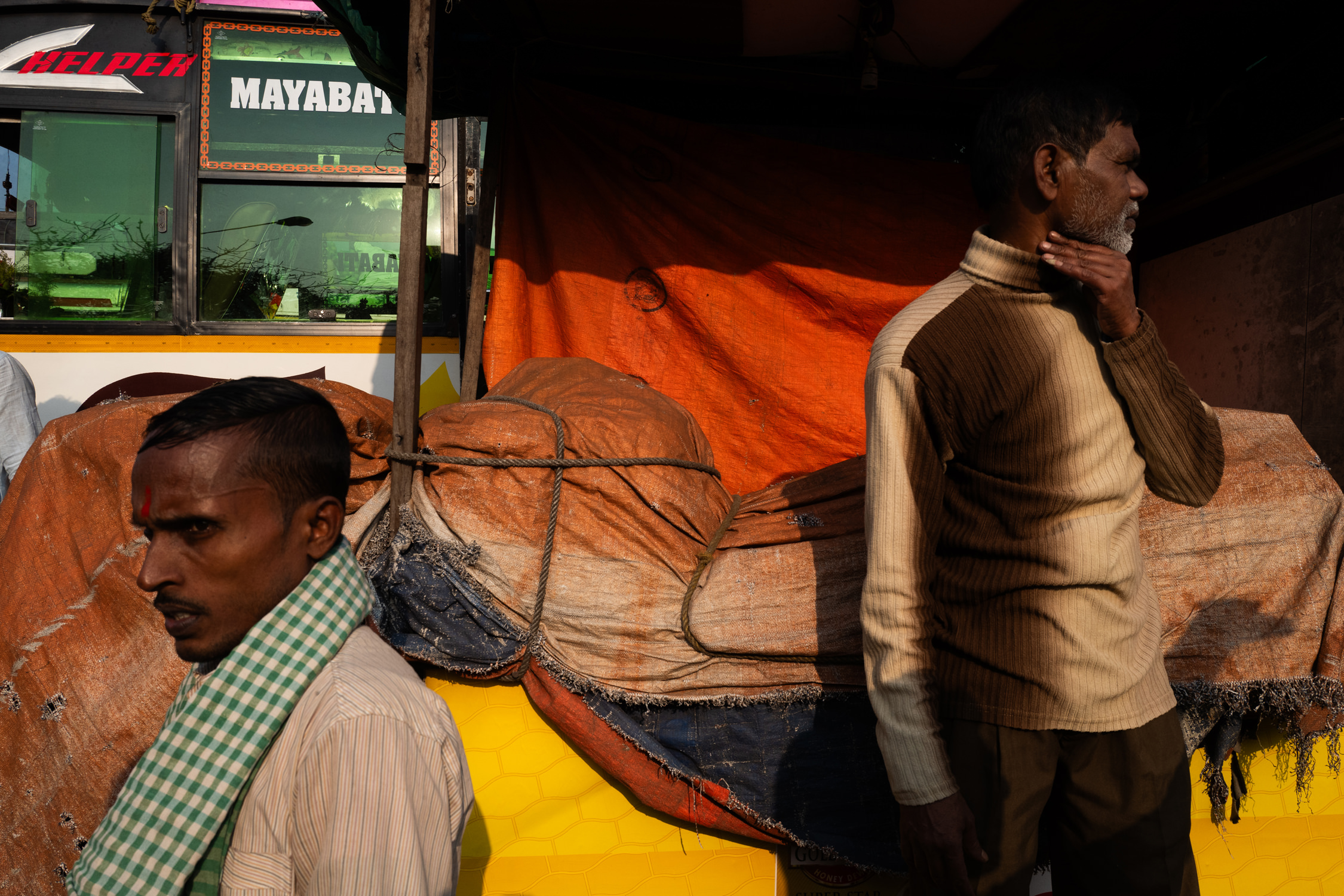
What kind of equipment do you use and what role, in your opinion, does equipment have in street photography?
I like to keep things simple, so a smallish mirrorless camera is what I work with. It’s not intimidating to people or to me. It’s not heavy and tucks away easily, which helps me not look so obvious as I like to go unnoticed.
If you had to choose one lens that you would have to use for the rest of your life, which one would that be and why?
Forever a 28mm. I love that you can really tell a story in layers, and if you need to be a bit more intimate, you just step in a bit closer.
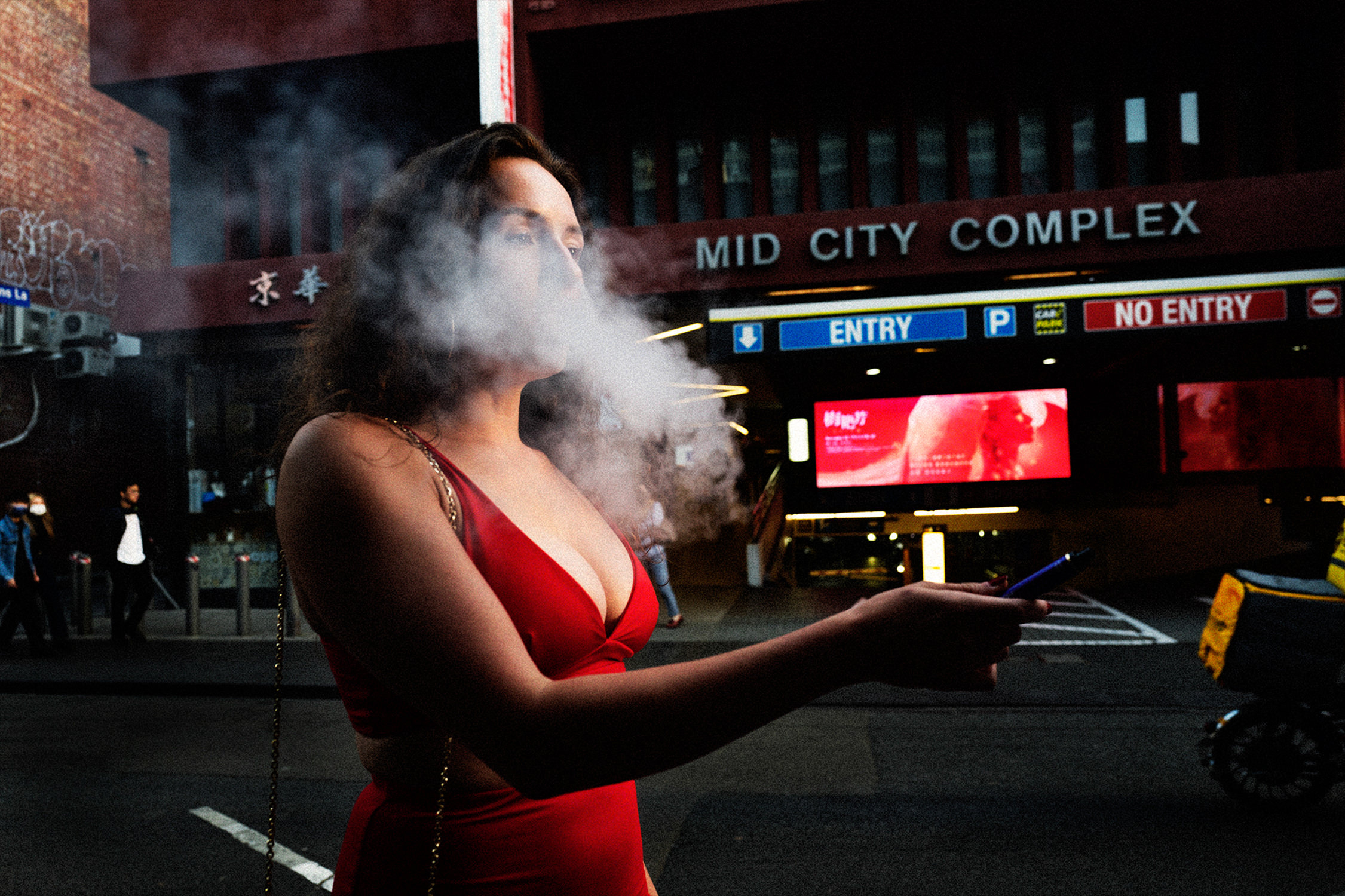
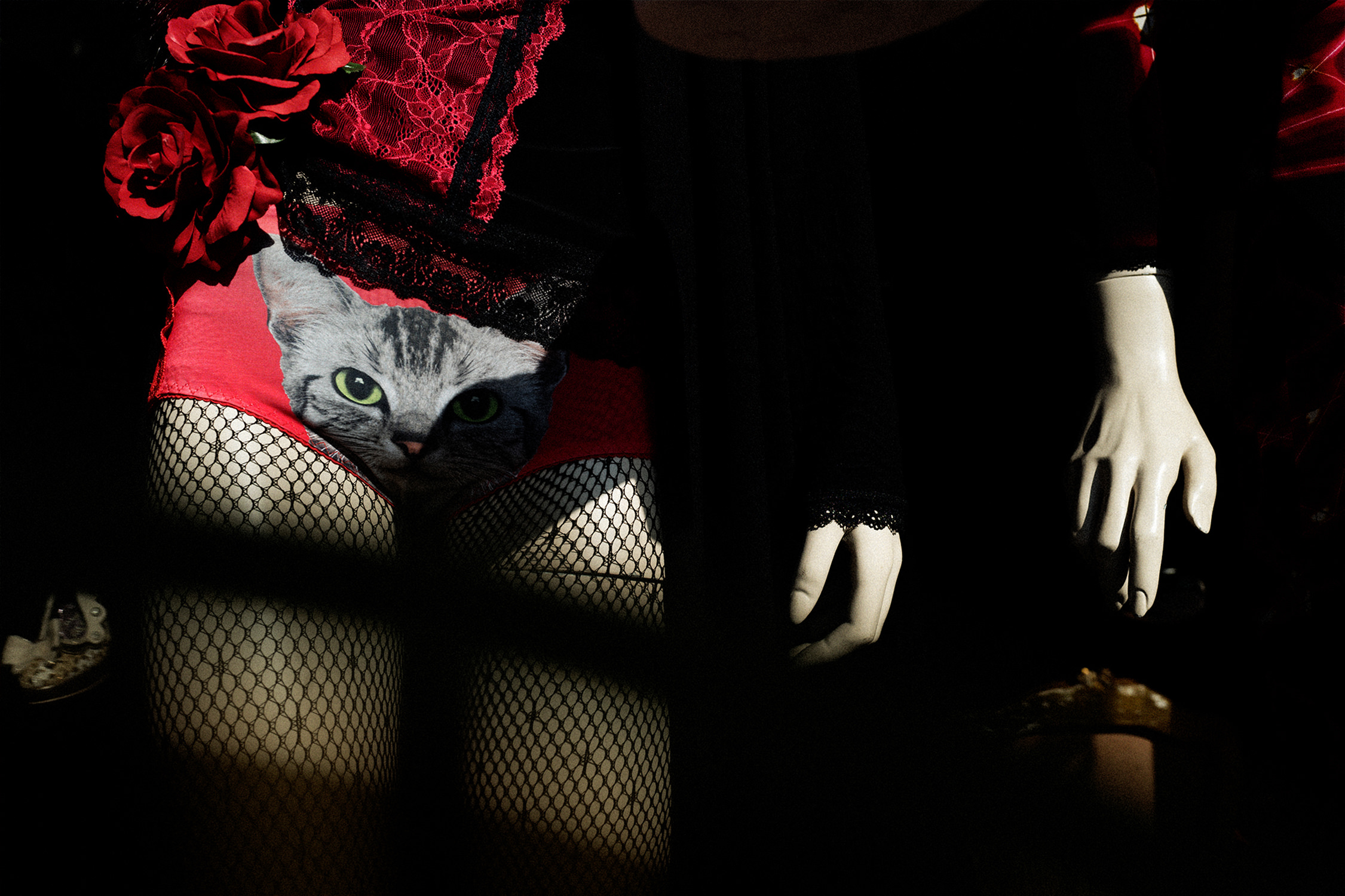
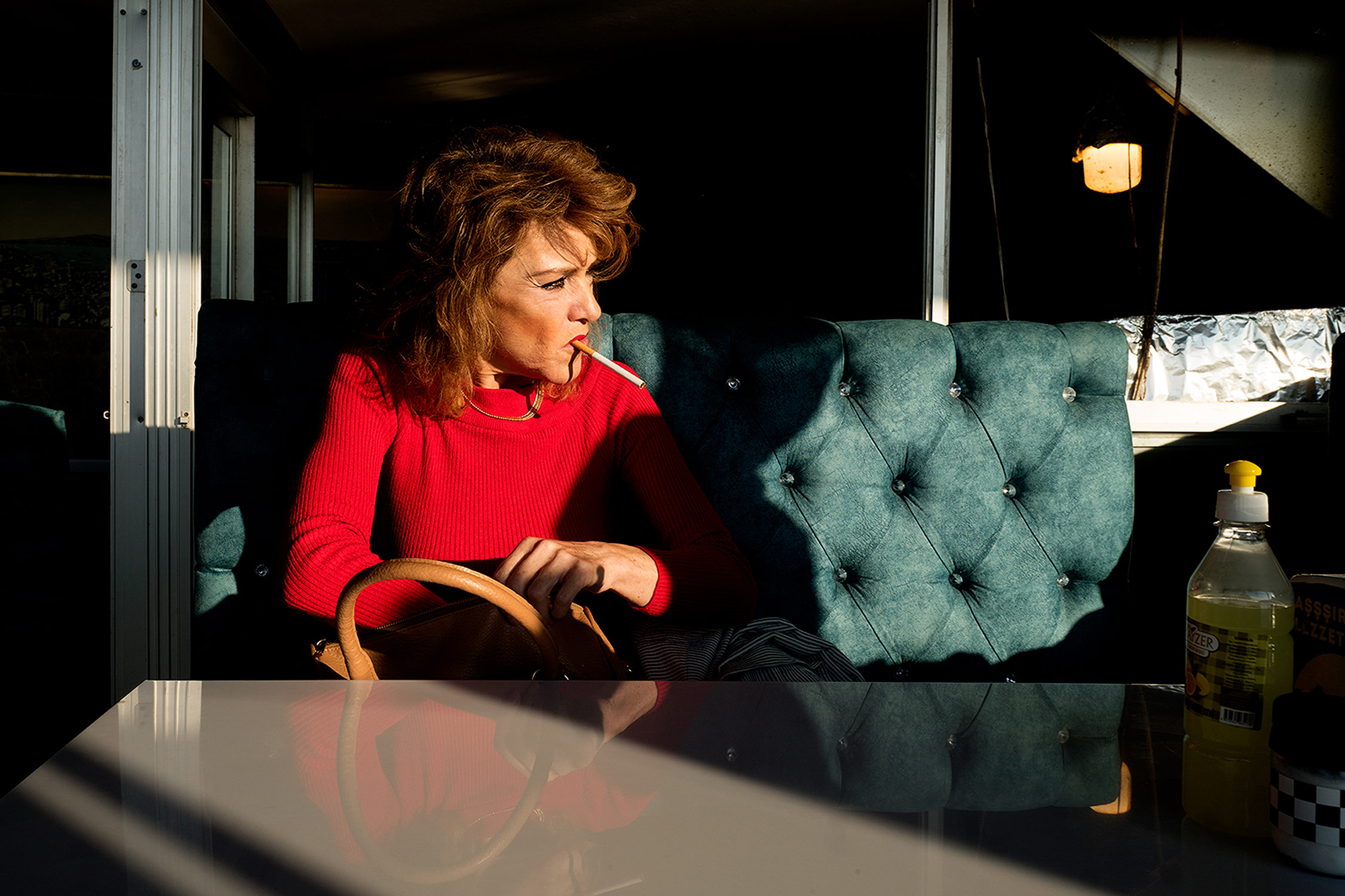
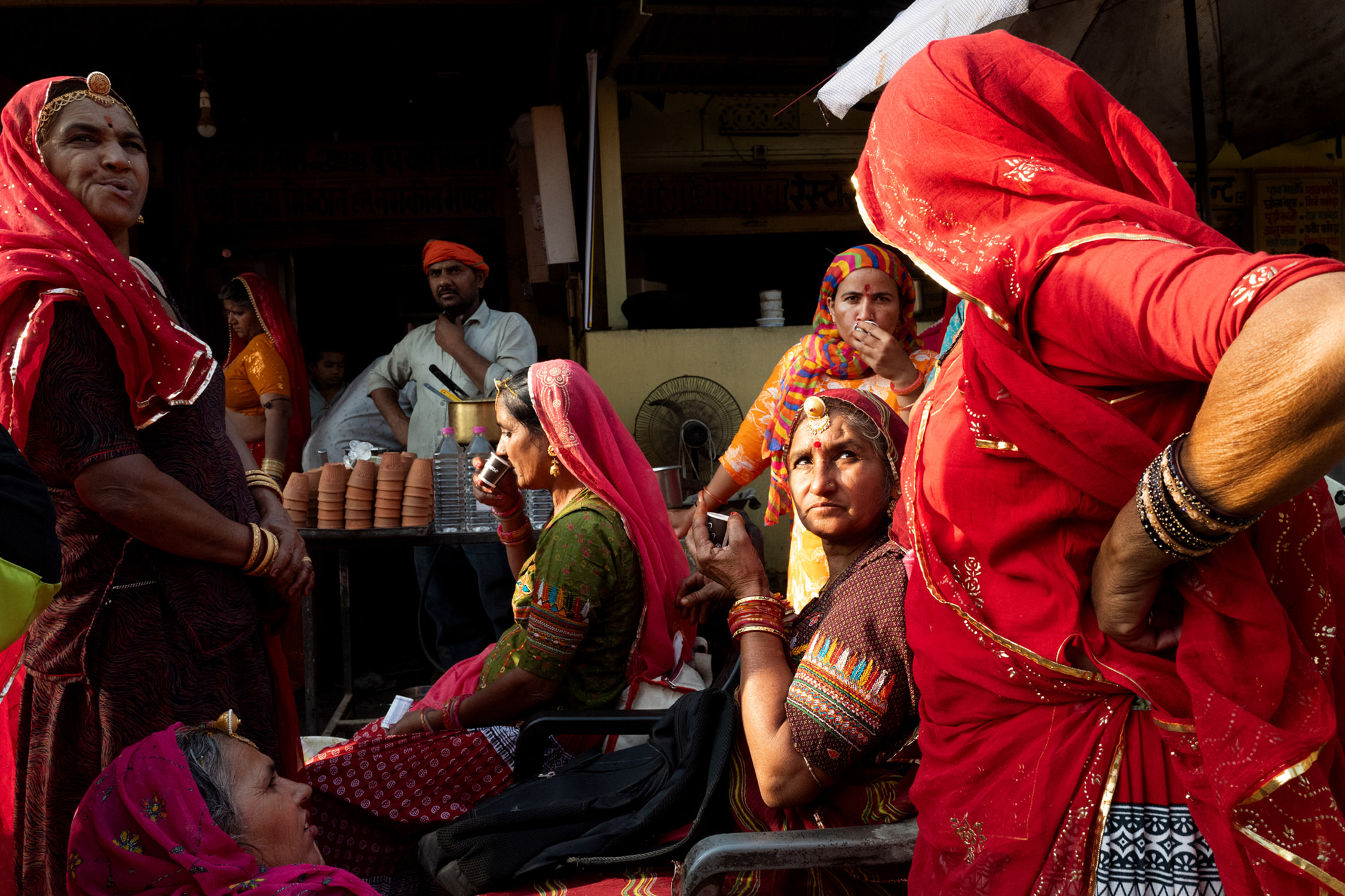
“Being invisible isn’t always possible, but on a street corner where people are coming and going all the time, they are usually thinking about where they are going and don’t notice what is happening around them.”
After shooting, what actions do you take in terms of processing and editing?
I don’t do much post-processing. I love the color profile of my camera, so other than maybe pulling the shadows down or burning and dodging when needed, that’s it. After downloading, I sit on my shots for a while to get a bit of distance. For my long-term projects, I edit to see where I’m at but then put them away for long periods of time until there is enough to assess more holistically.
Do you have new projects or themes in mind that you would like to explore in the future?
I always have little and big projects on the go. It helps guide me and give me purpose. I’ve been working on a project about the Holy Week traditions in the southern part of Italy for some time. I’ll continue to build on this project; it could be a lifetime project!
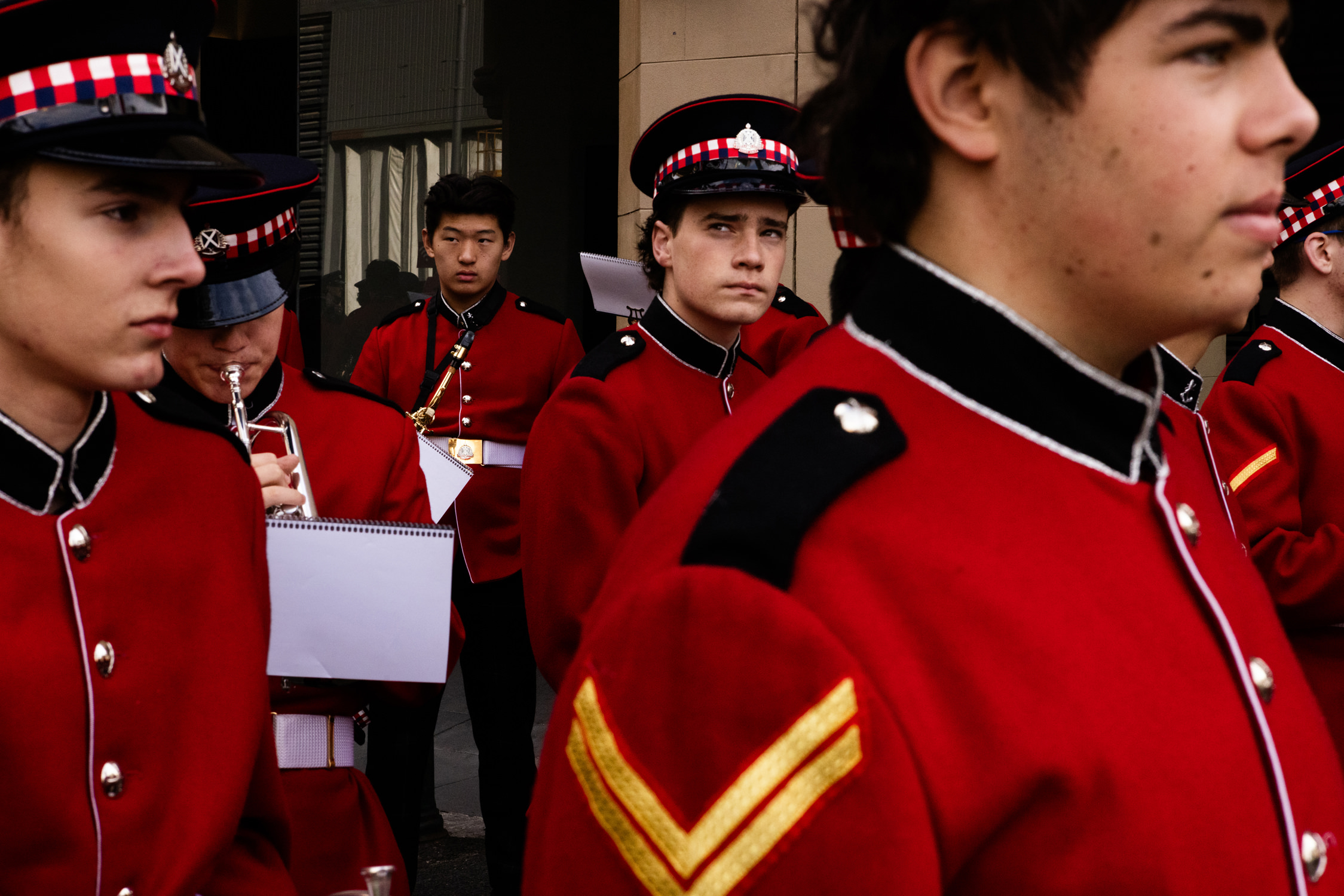
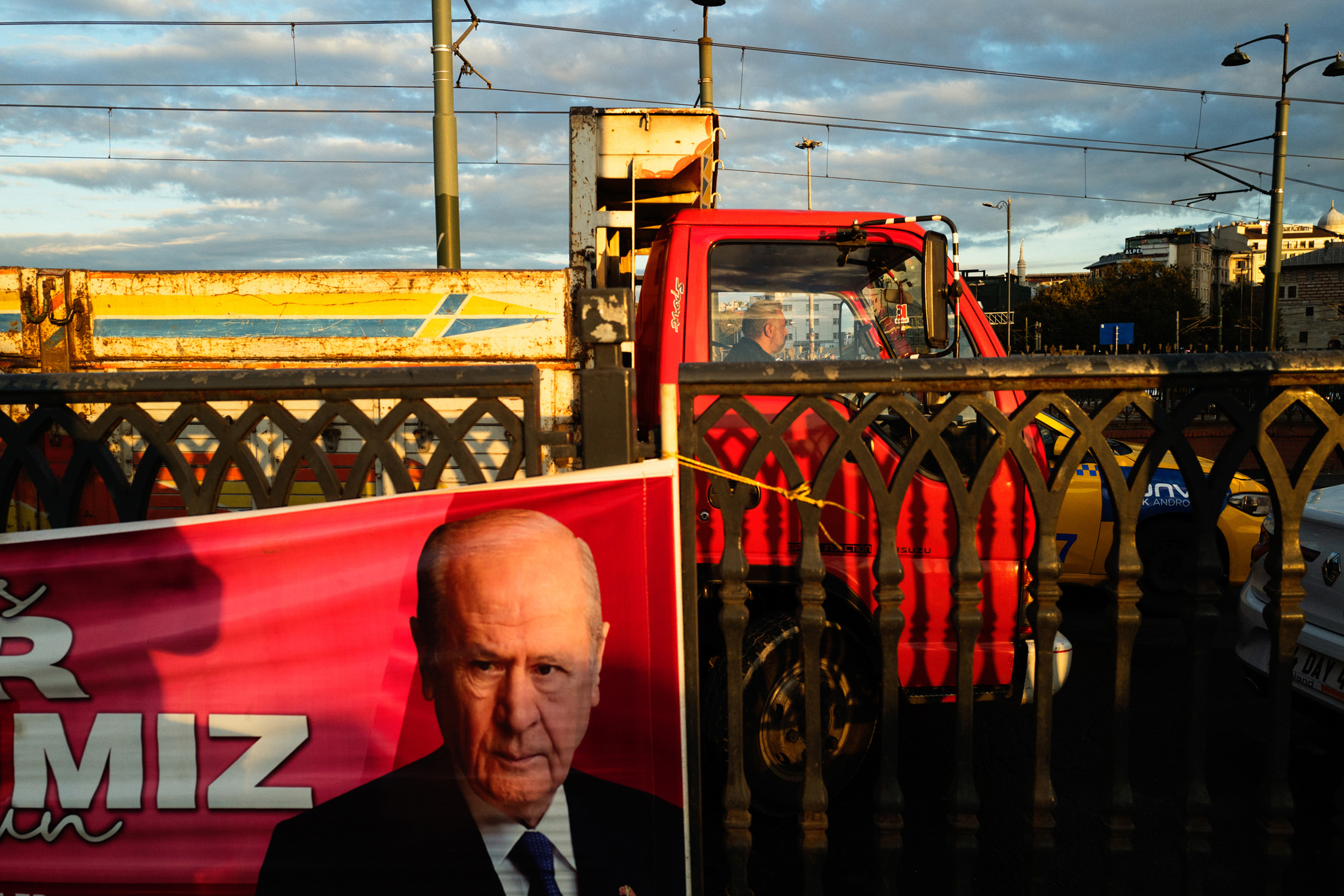
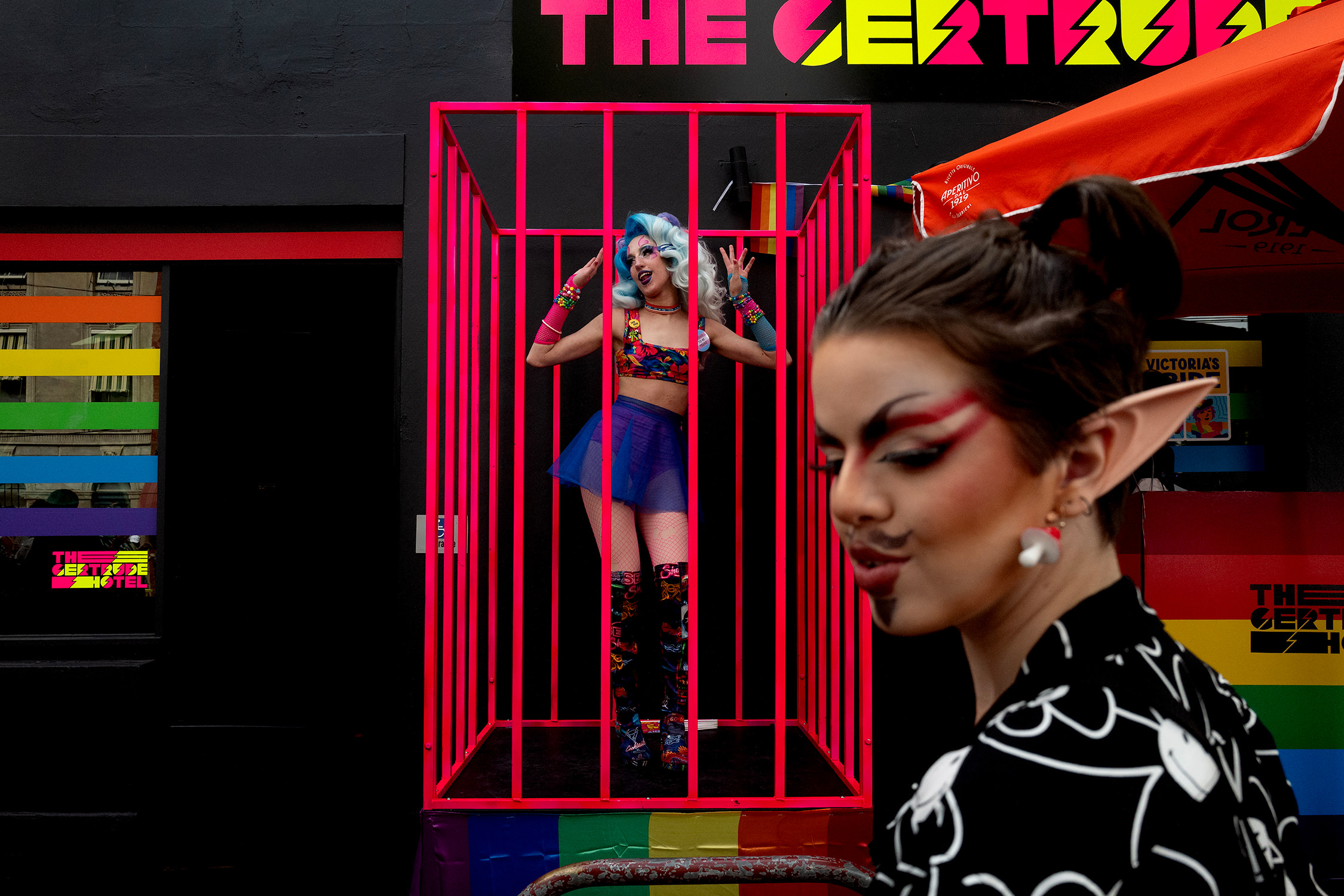
How do you see the evolution of your photographic work?
I see my photography as part of my life, forever. I’m not sure how it will evolve; it’s not something I am strategic about. I try new things, and if something works for me, I continue with it.
Which are your favorite photography books?
Hmmm, there are so many; where does one start? *Between Worlds* by Harry Gruyaert, *New York* by William Klein. I recently bought *Framed* by Lee Friedlander, which I’m loving for the curation and ways that he has framed images. I’m a big fan of frames within frames.
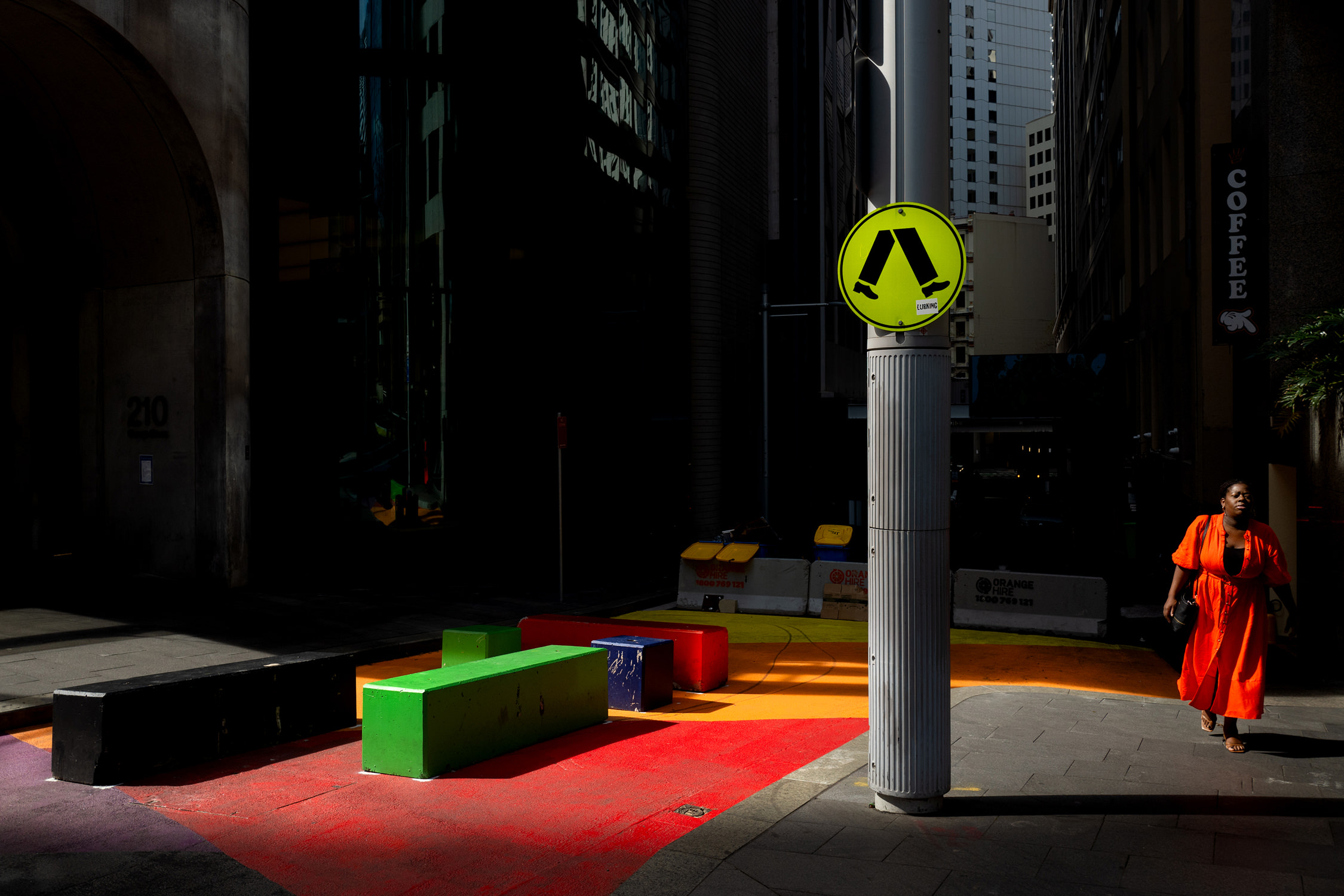
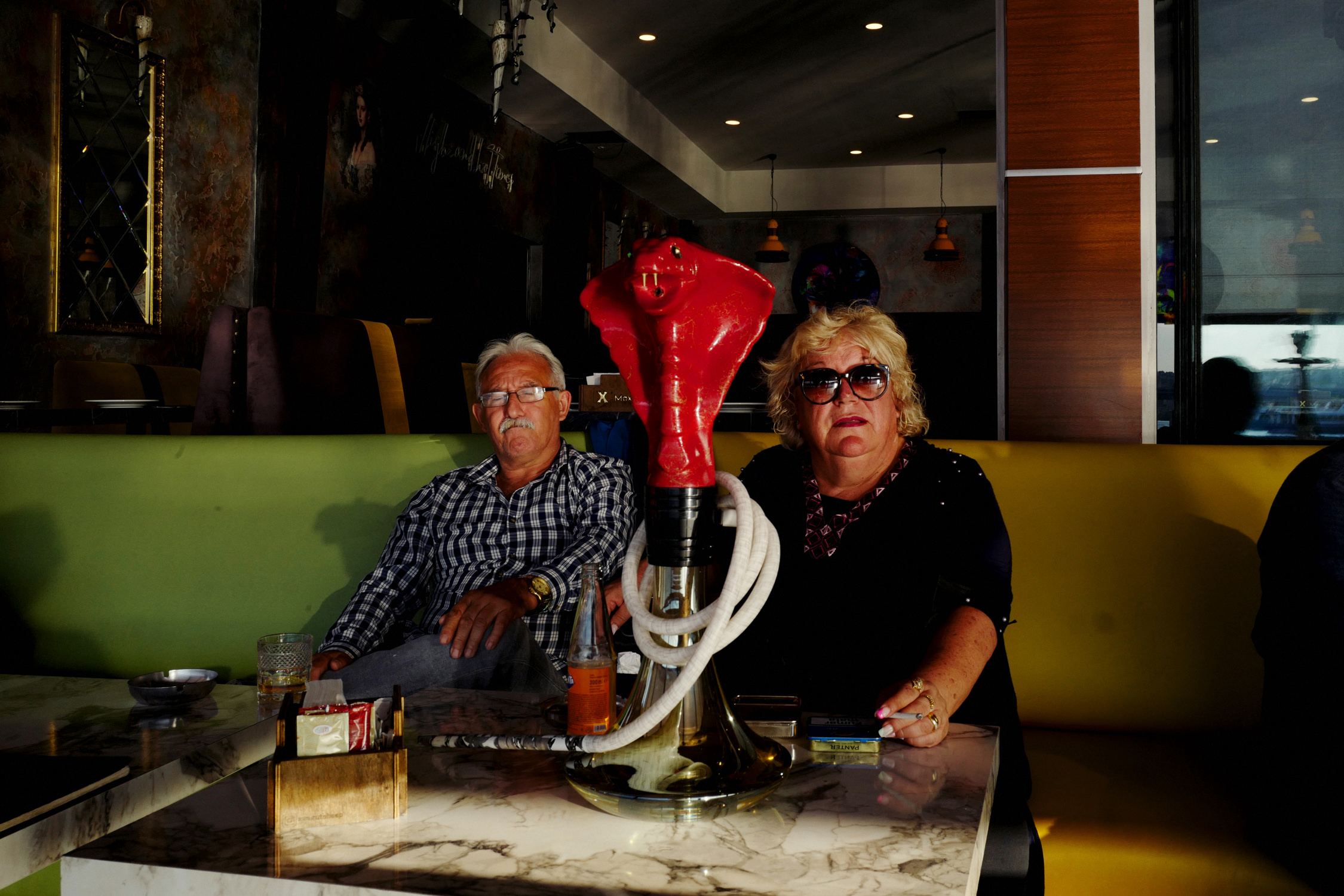
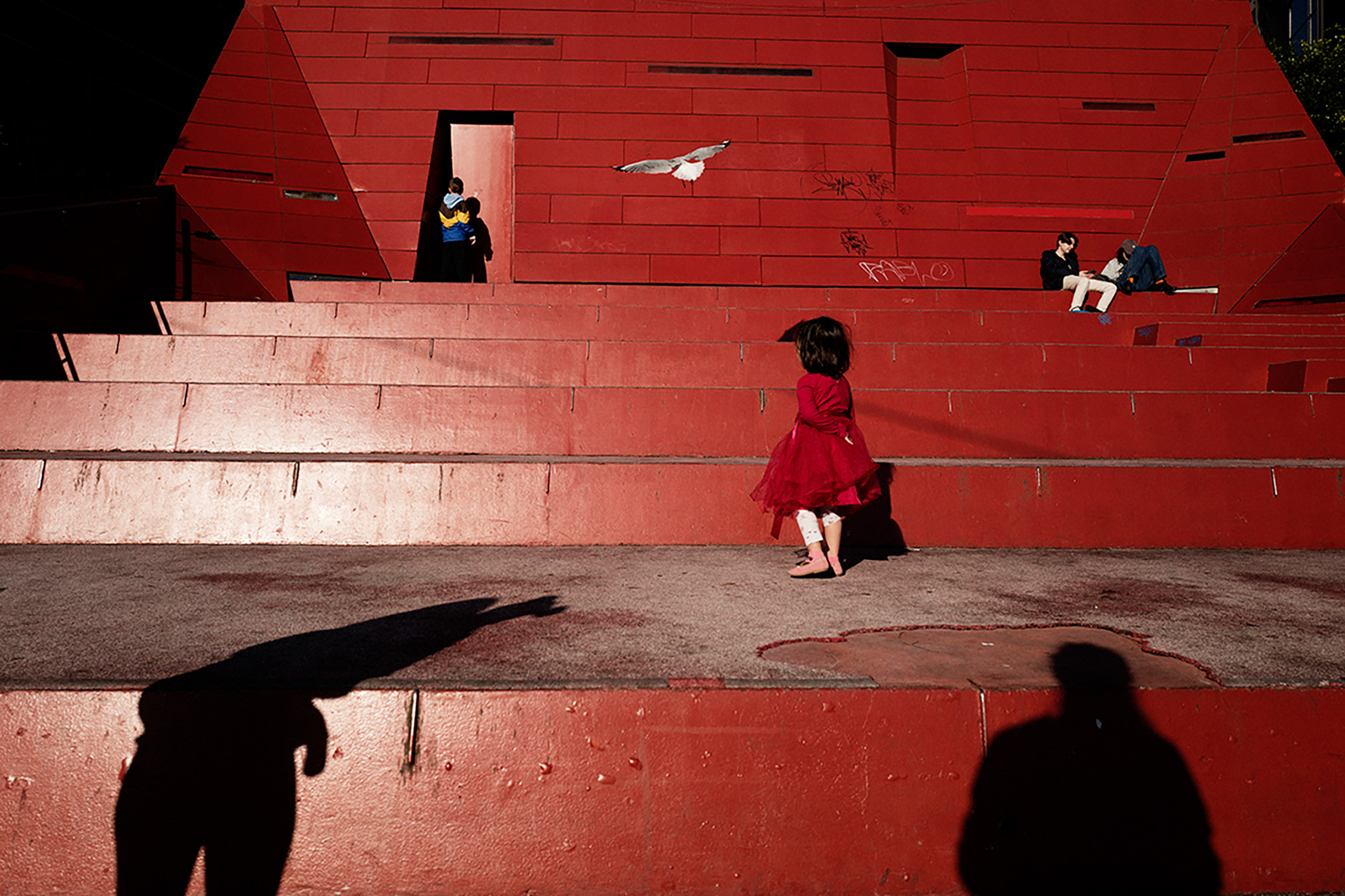
Is there a country or a city that you like to photograph more than others?
I recently went to Kolkata in India and fell in love with shooting there. It’s such a feast for the eyes. The color and constantly changing scenes are wonderful.
What advice would you give to someone who is starting to do street photography and wants to develop a unique and personal style?
Be inspired by your heroes, listen to their wisdom, but don’t copy them. Follow your own path to find your style. Doing a couple of workshops with seasoned street photographers is invaluable to meet like-minded people, try new things, and understand the critiquing of your work. Street events or festivals are also a great place to start shooting as everyone is happy to be out and celebrating. You can practice in what is usually a positive space.
Thank you!
SALLY BIOGRAPHY
Sally is a photographer from Melbourne, Australia. Her primary photographic work revolves around the streets we live in. She is endlessly curious about people from all walks of life.
Her photographs attempt to invoke a sense of wonder for humanity. Each picture captures a moment in time and alludes to a bigger journey. With an ethos of honesty, she captures tender moments and offers a window to the other’s world, from the little things that reveal the fragility of the human condition to unexpected moments – they are offered up with care and a sense of compassion.
She likes to disappear into the streets and people lives hoping to bring about a frozen moment that is not only timeless but tells a little about the person or place she is photographing.
Her approach and storytelling, composition and ideas has been influenced by 25 years’ experience as a Creative and Art Director, training originally as a Designer.
Sally considers it a great privilege to be invited into another’s personal space and is grateful every day for the trust of those she meets one-on-one – or on the street.
Sally’s work has been a finalist in many international street photography competitions, she has exhibited internationally and been published in various international magazines.
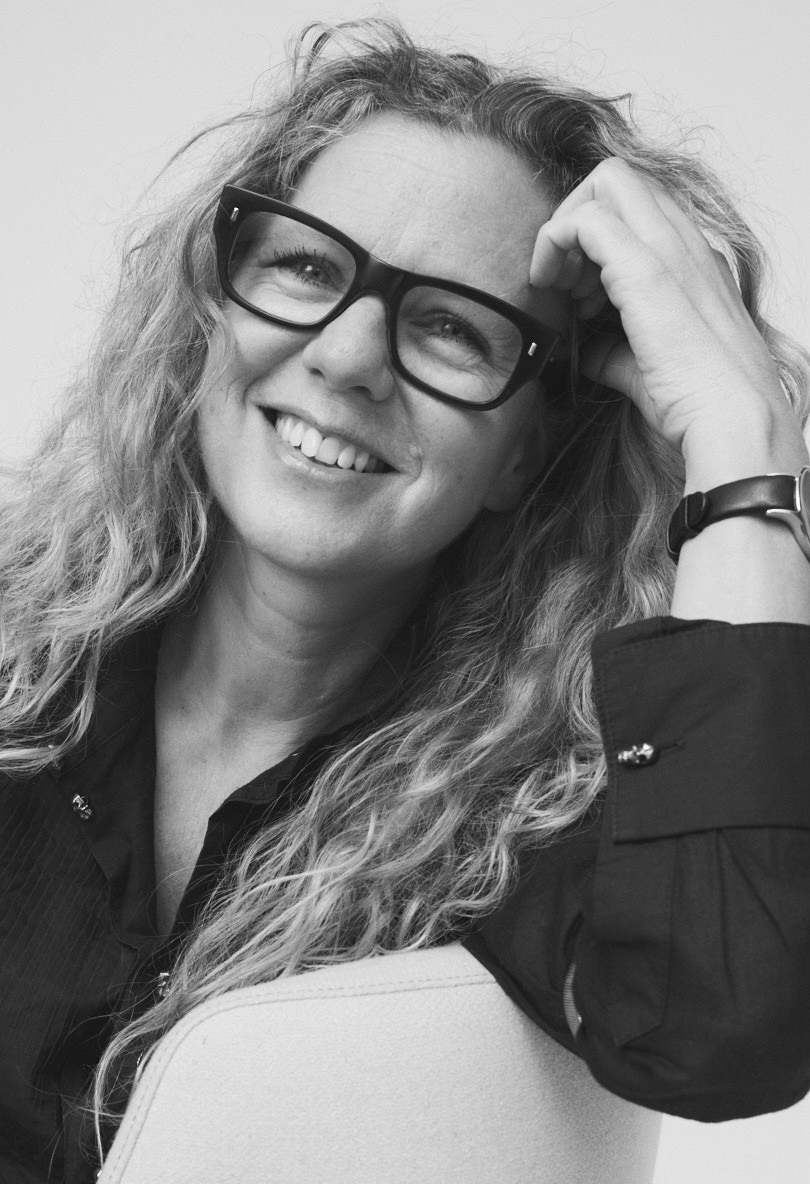
Sally Links:
Website: https://www.sallycogglephotography.com/
Instagram: https://www.instagram.com/sallycoggle/

